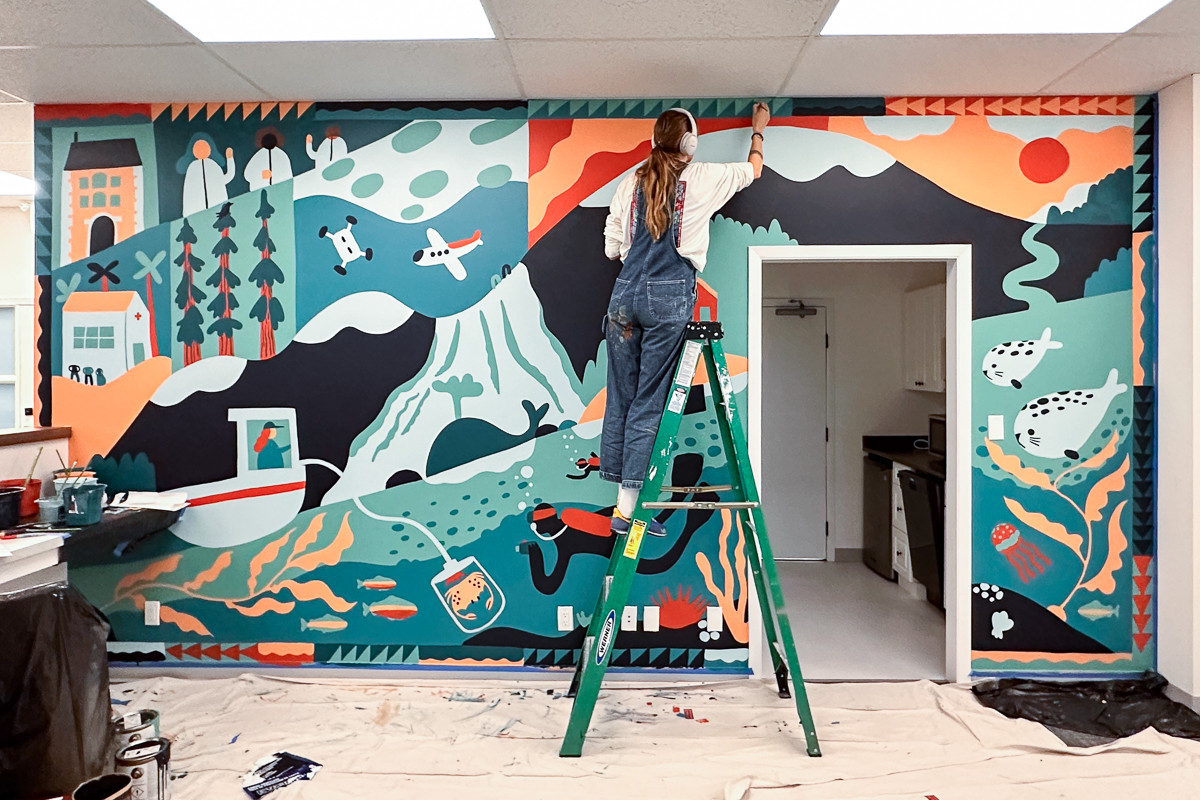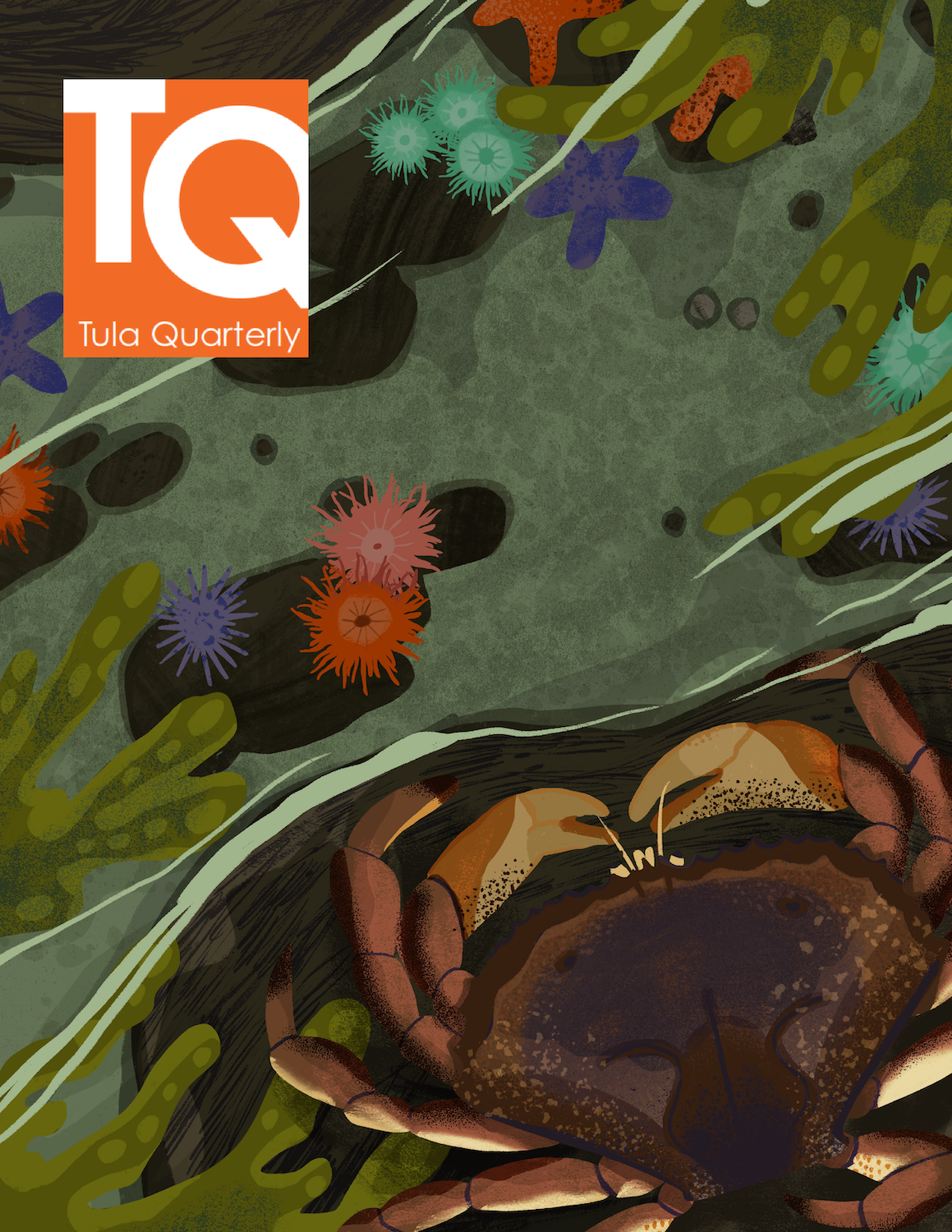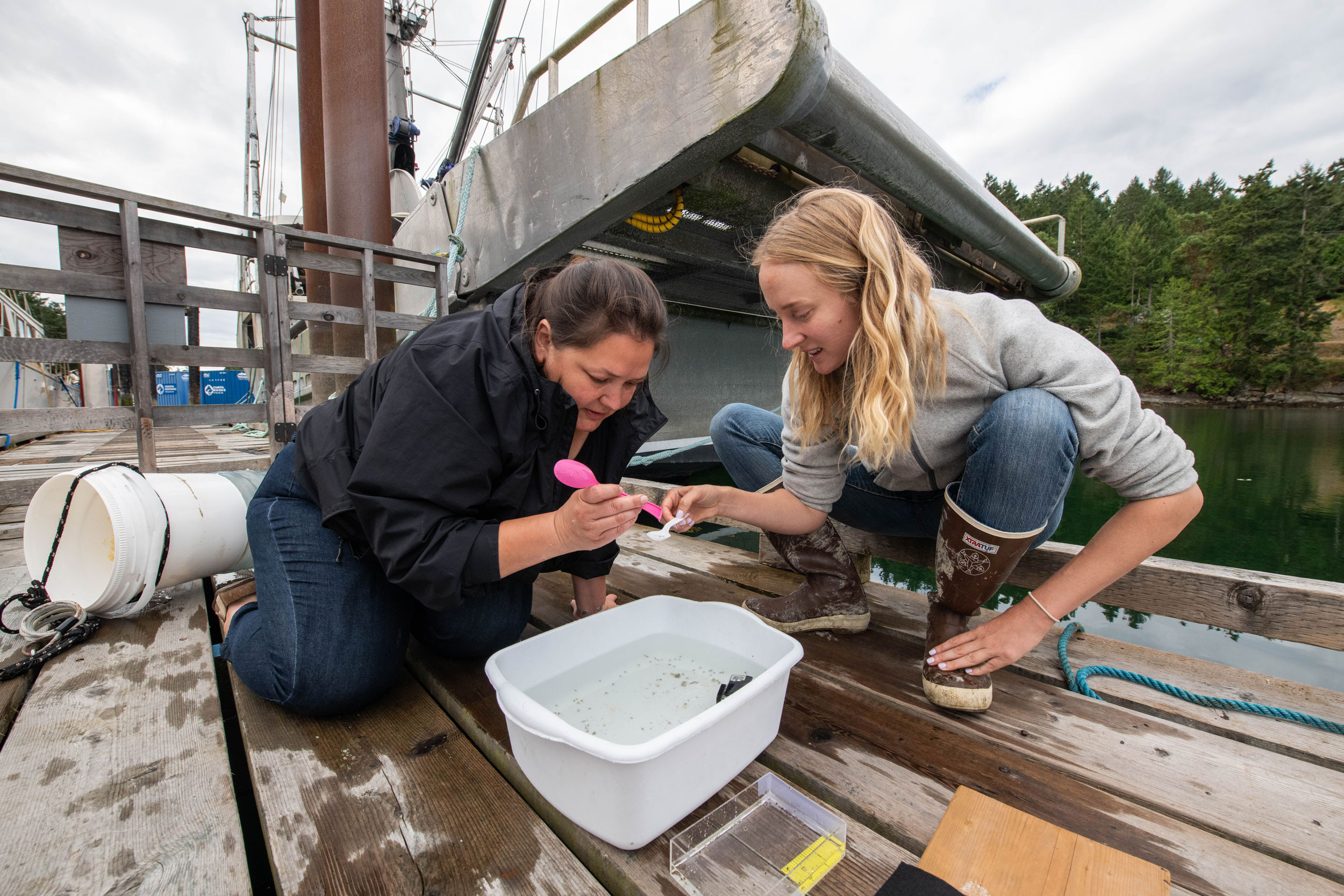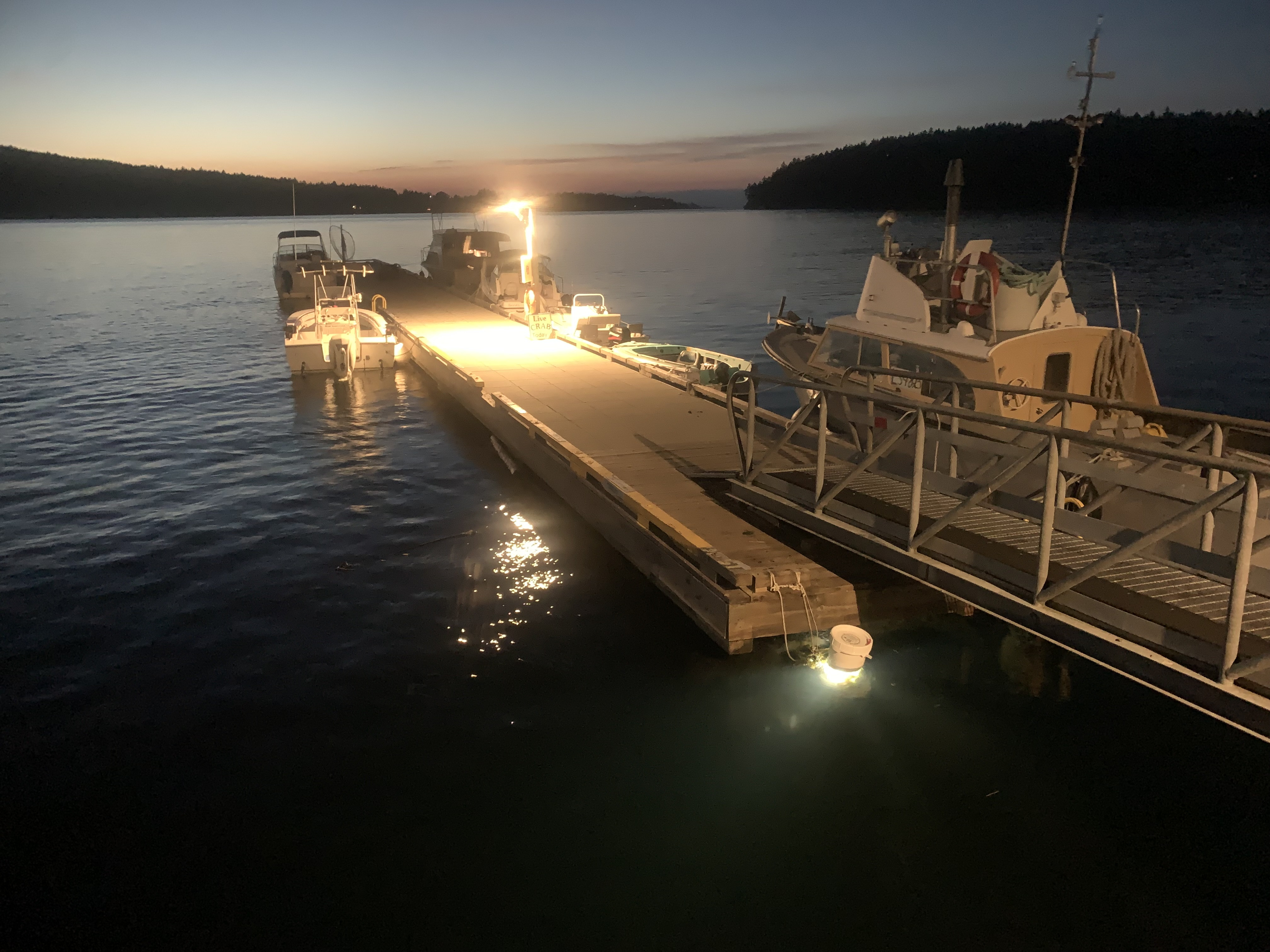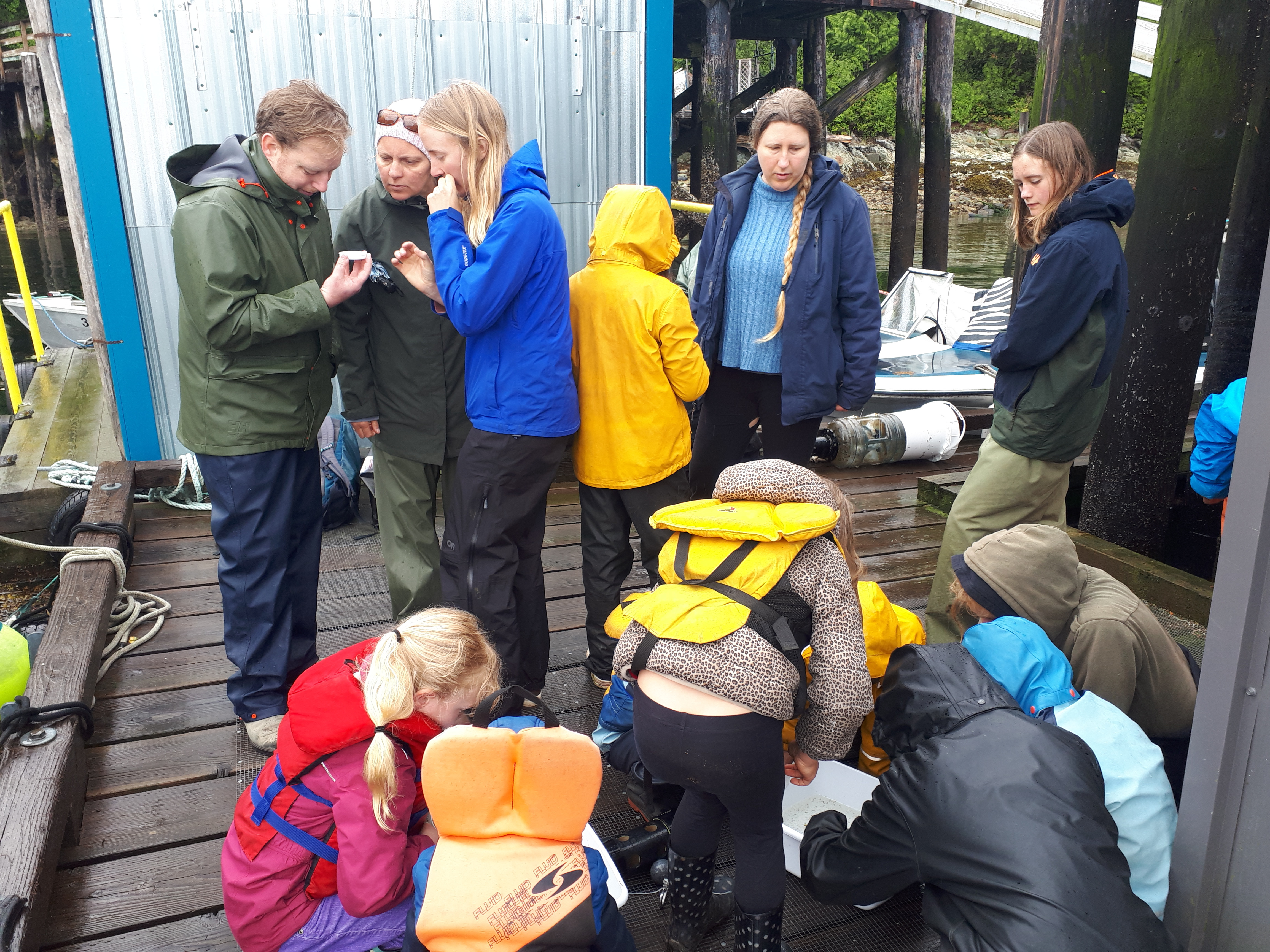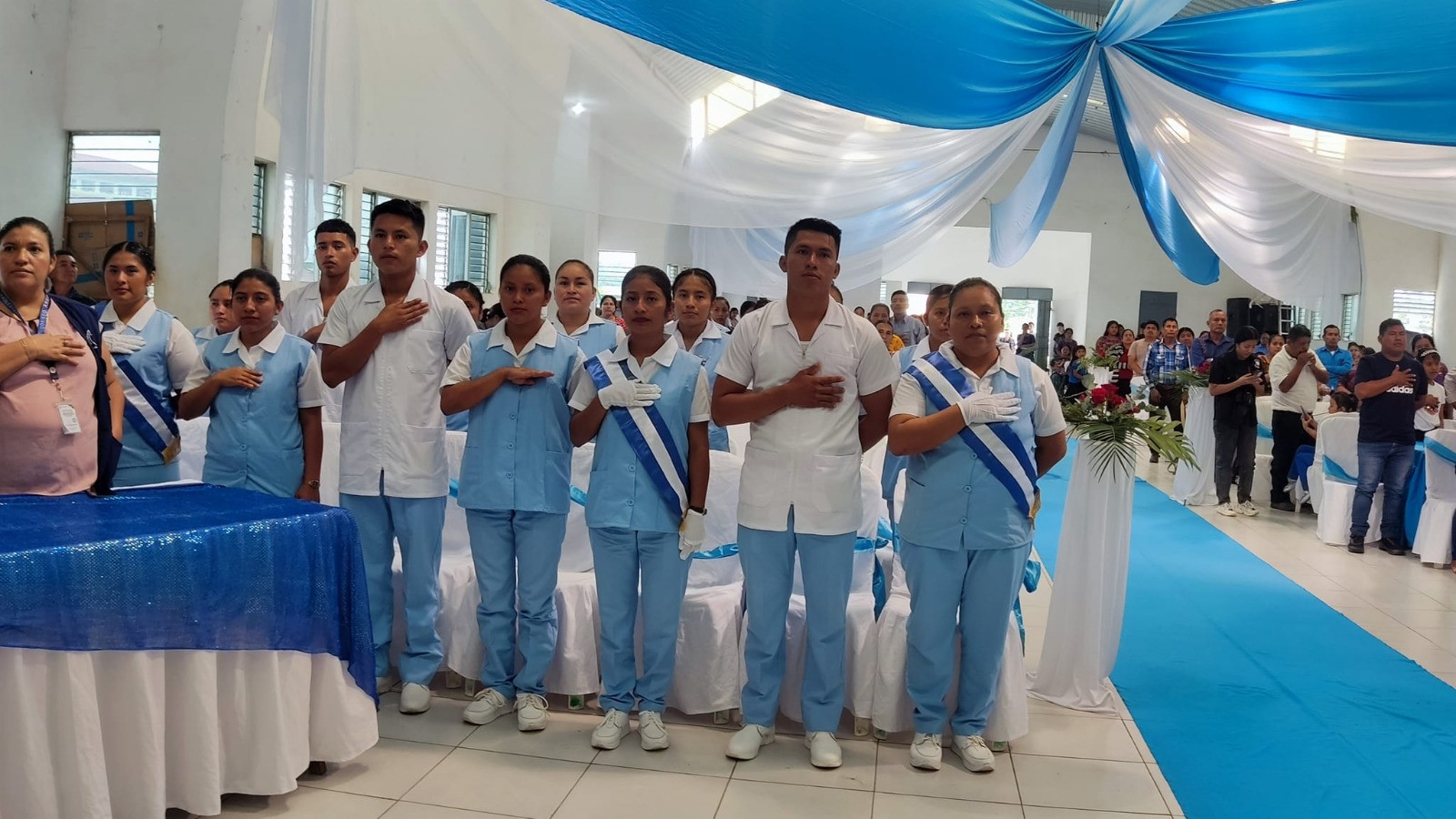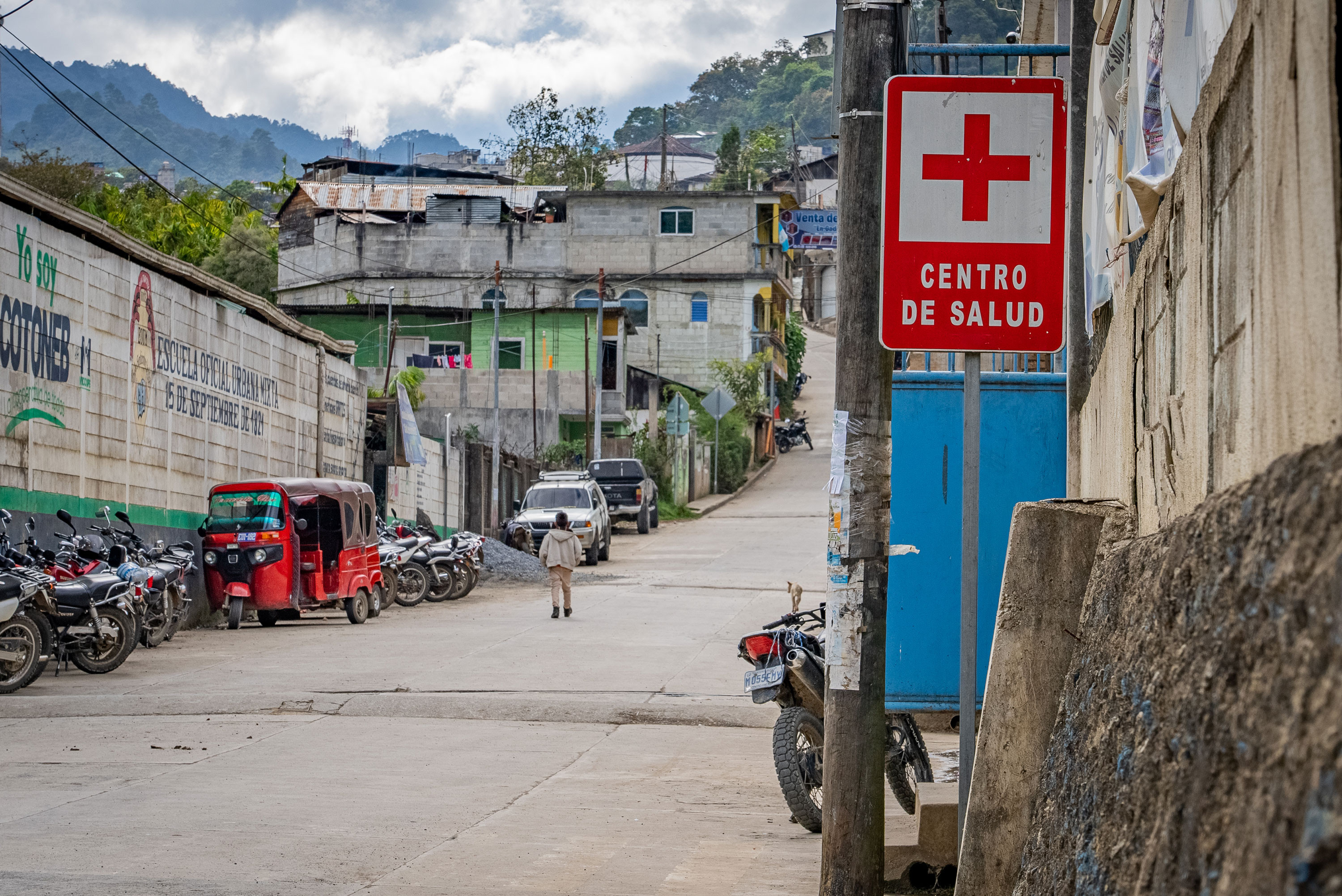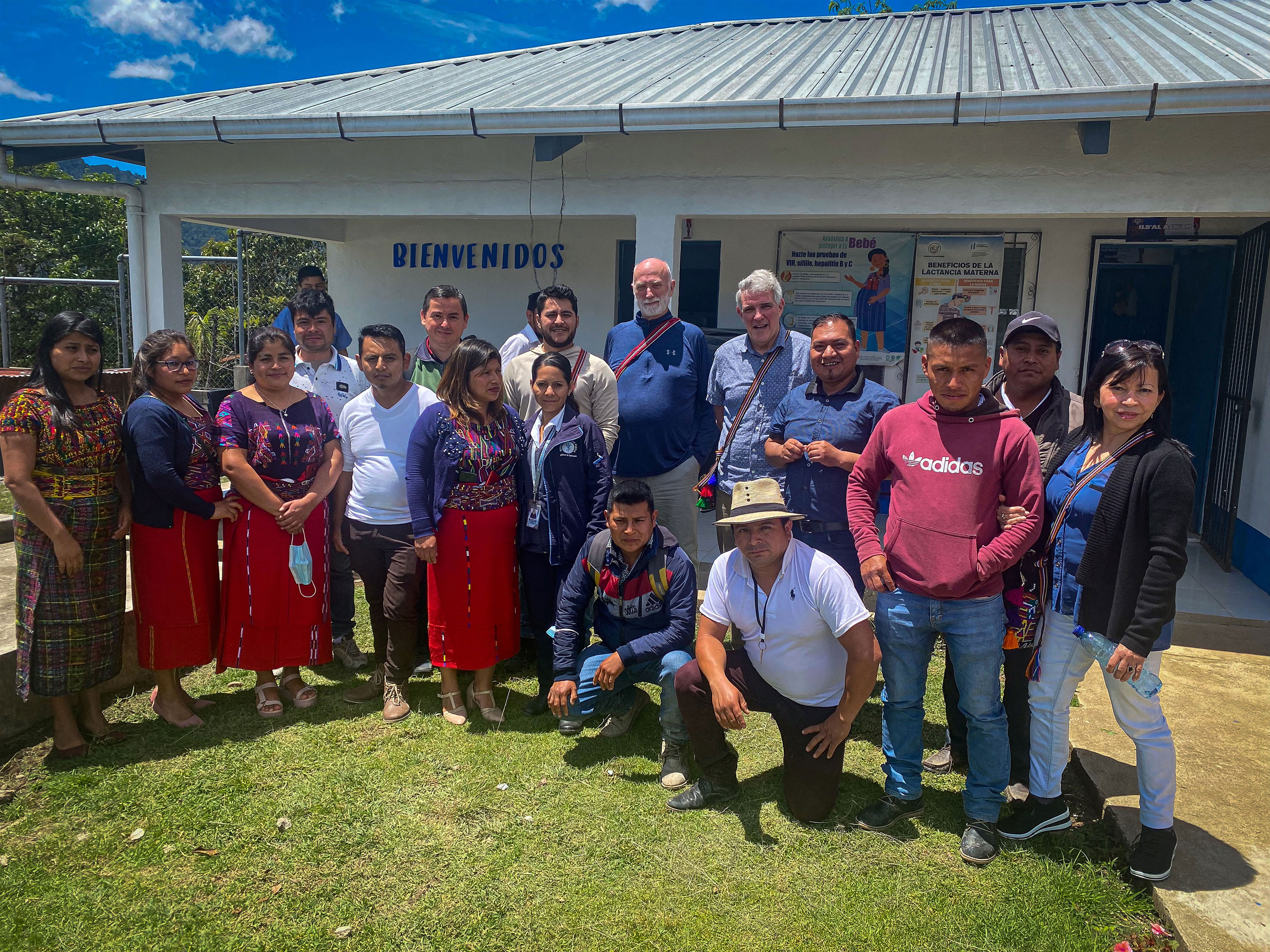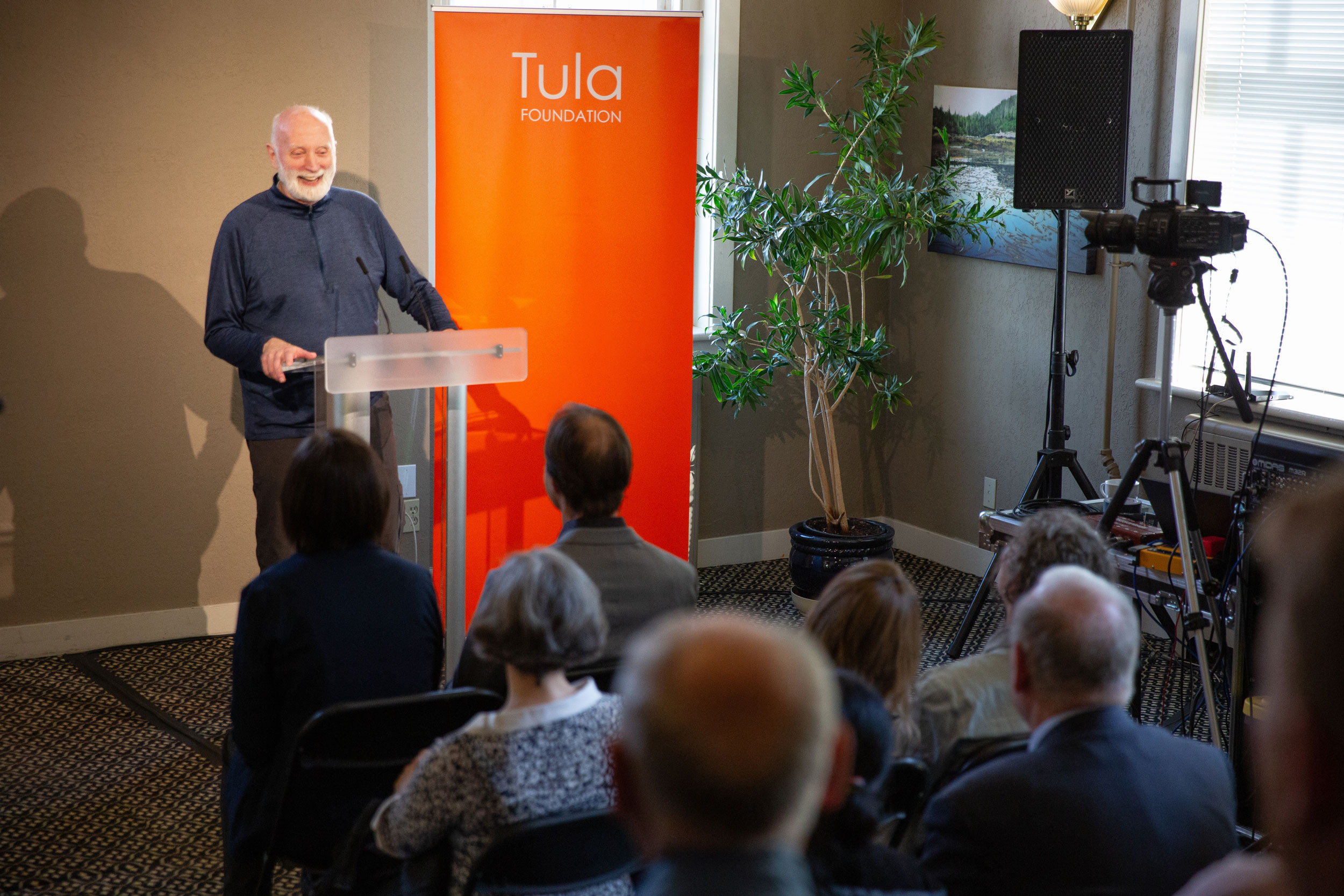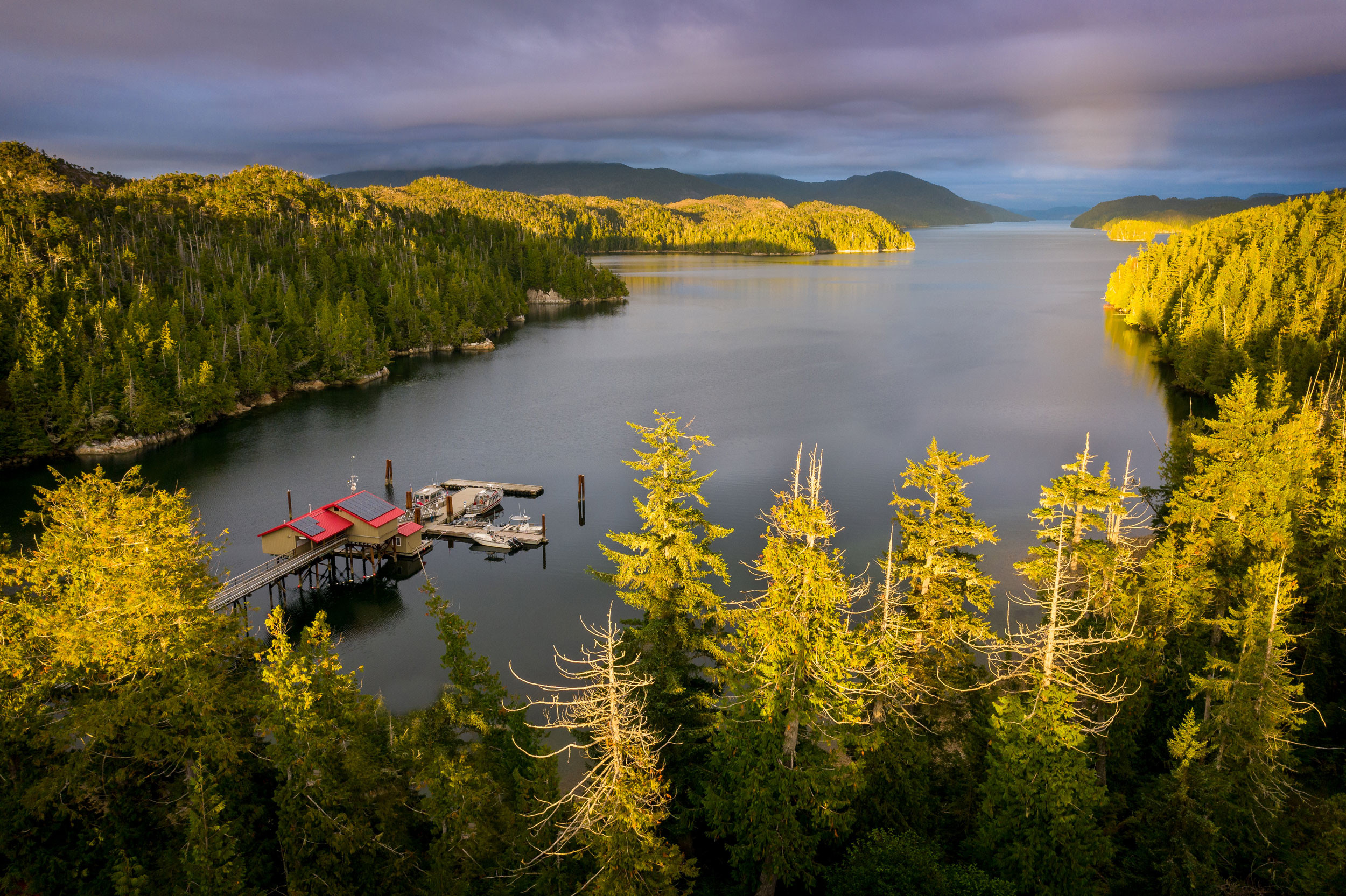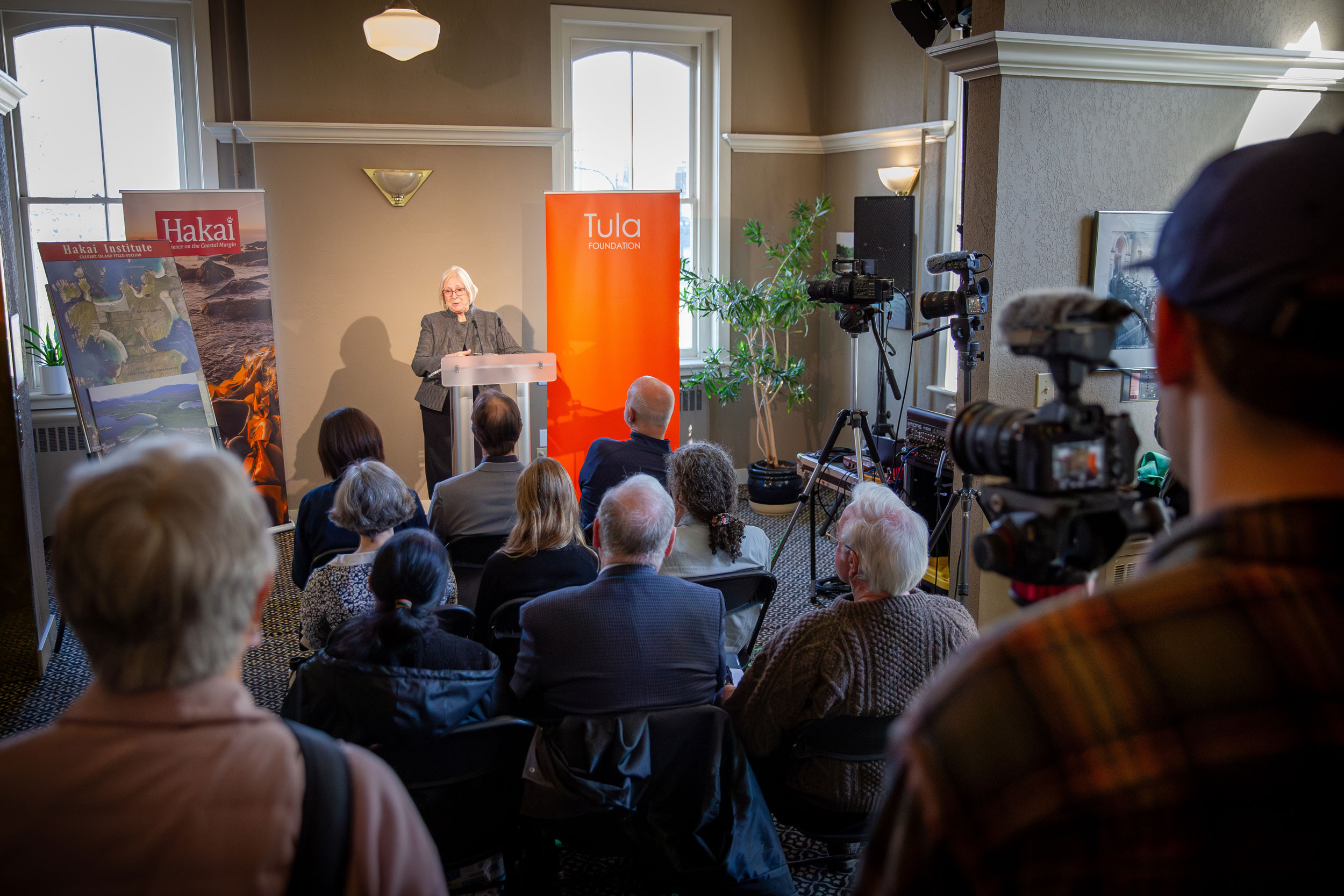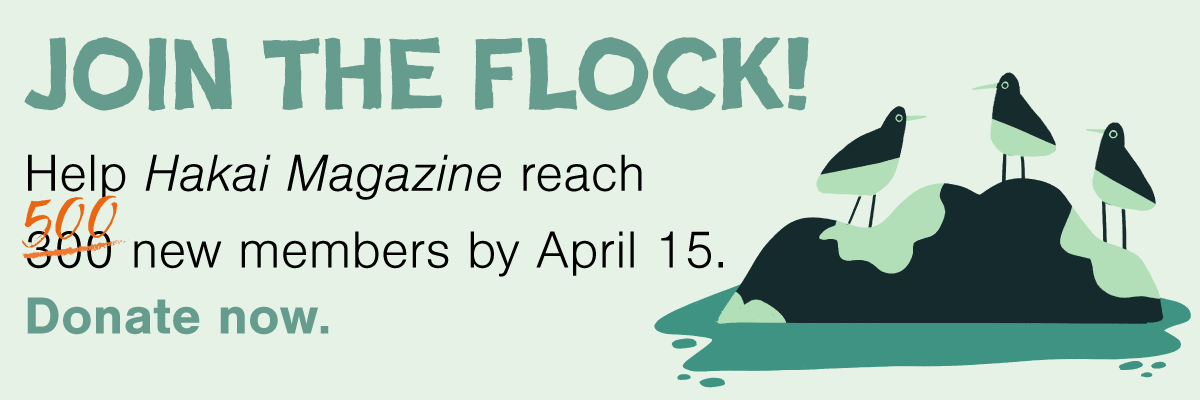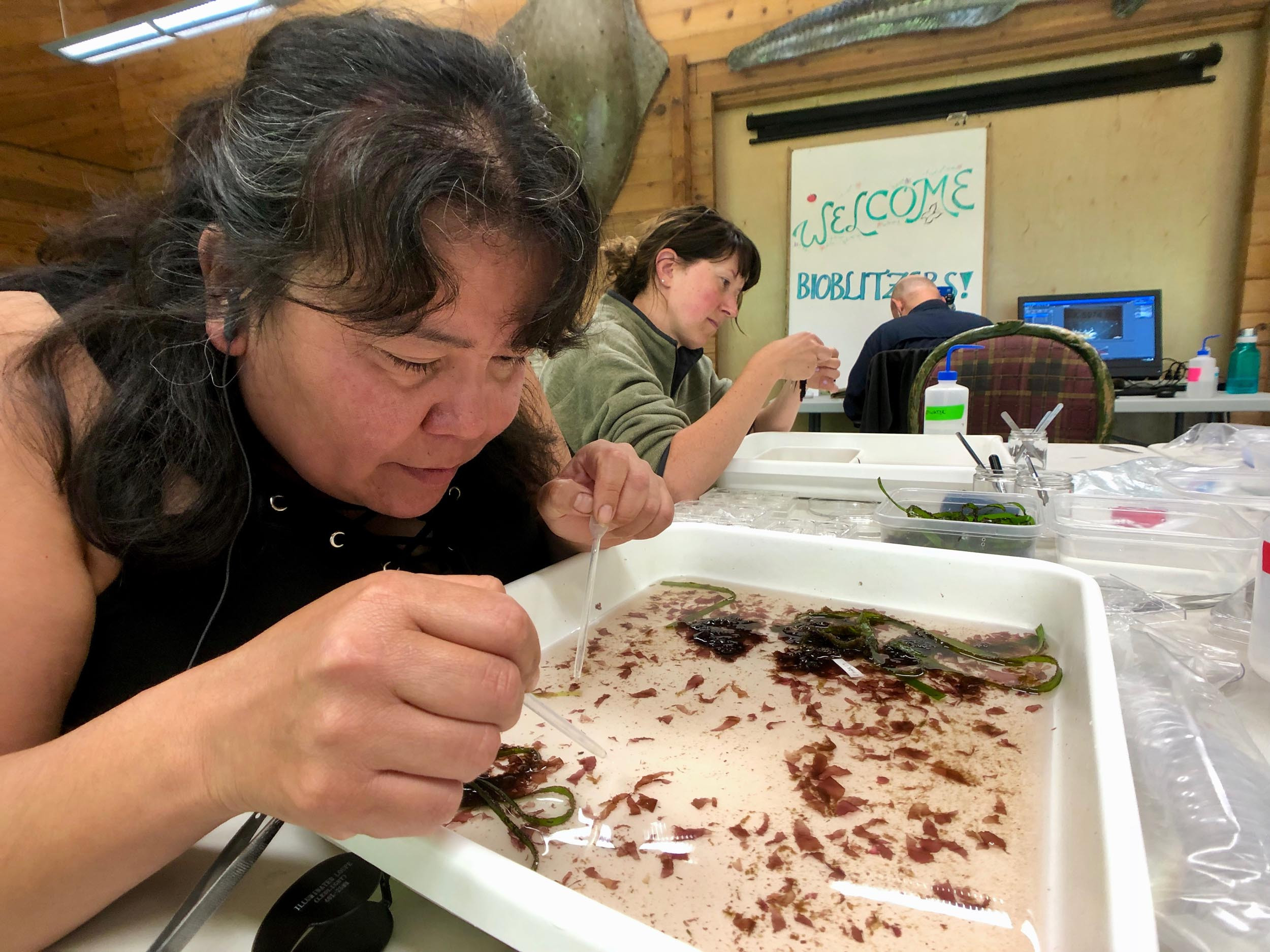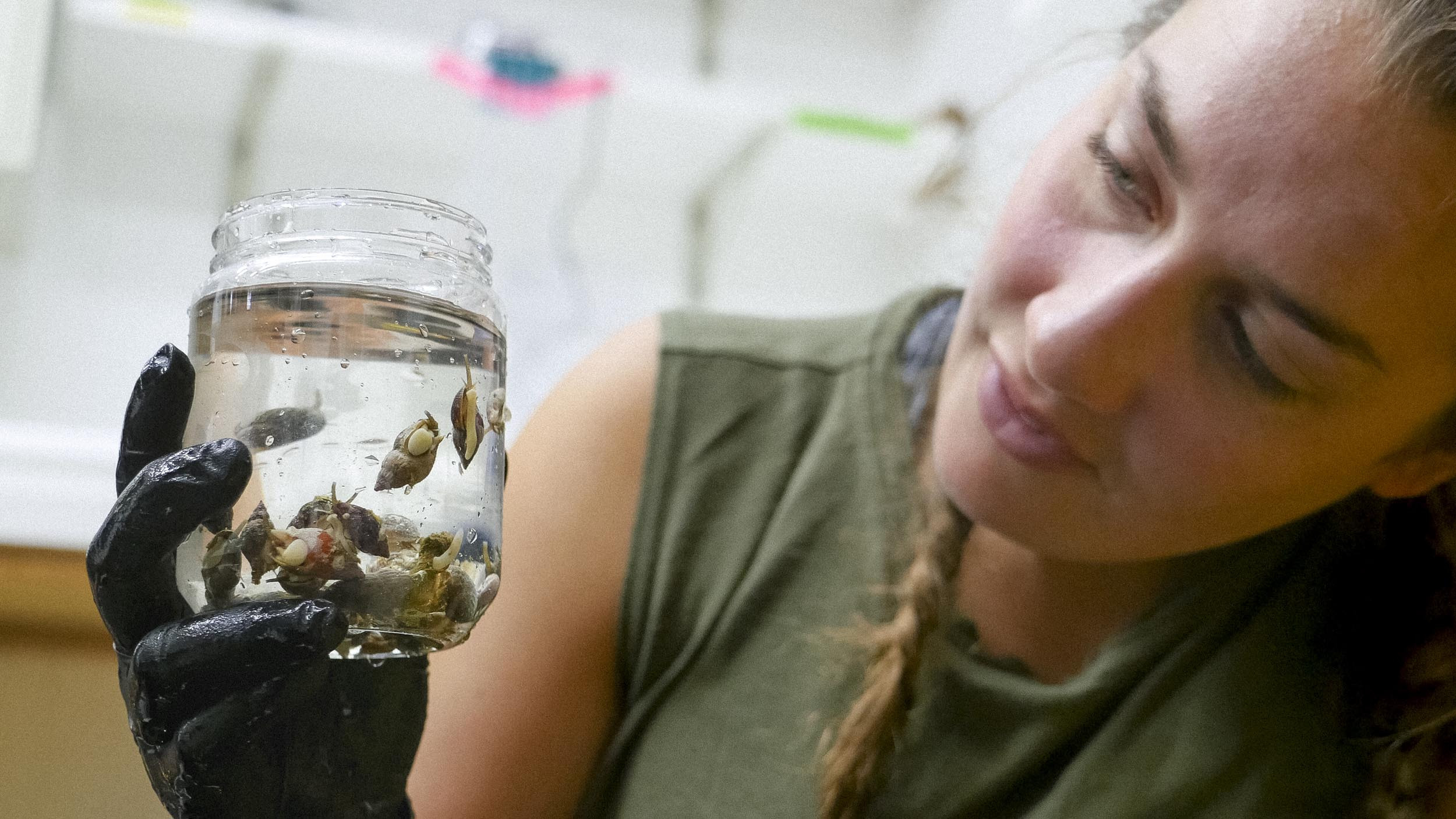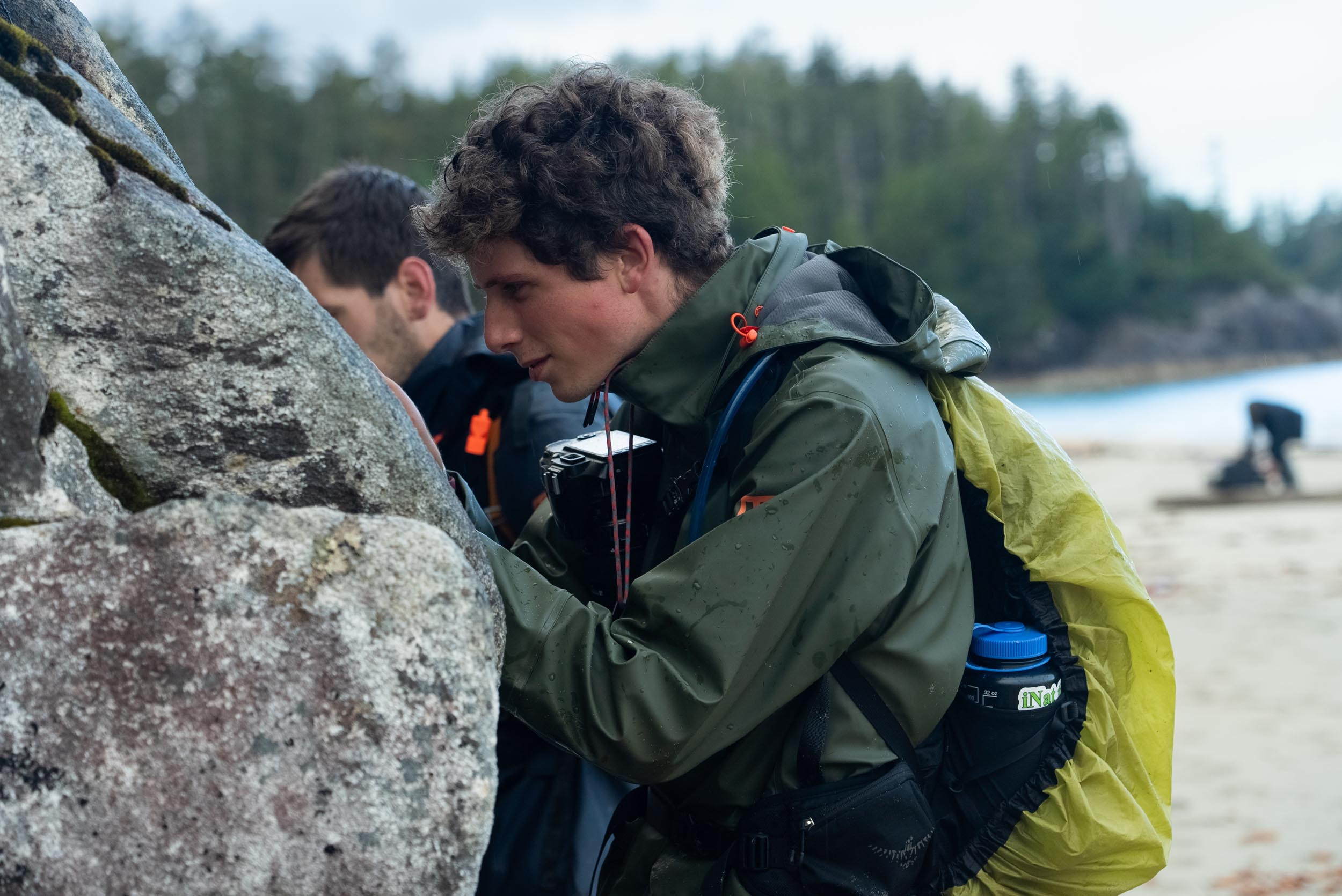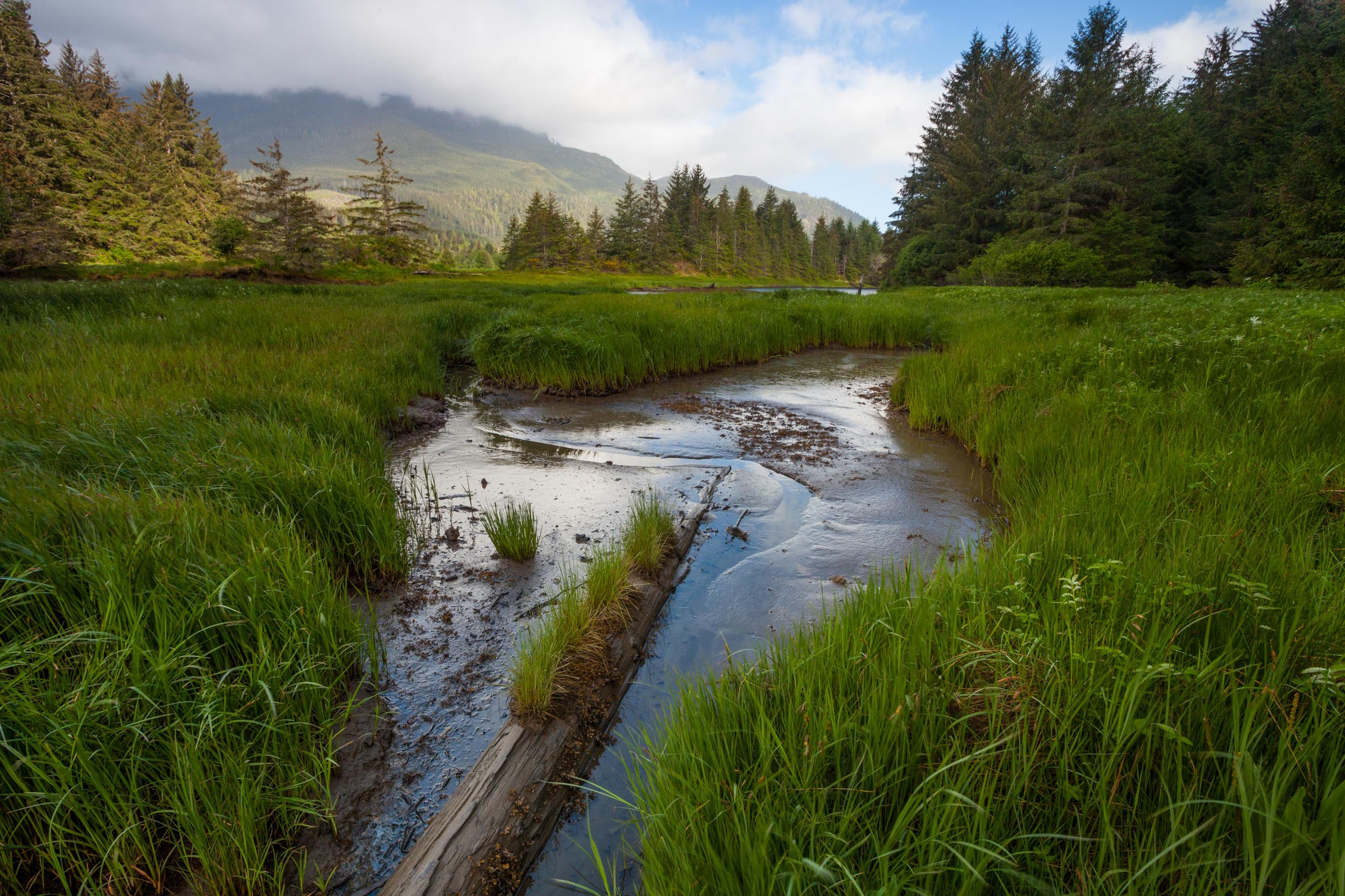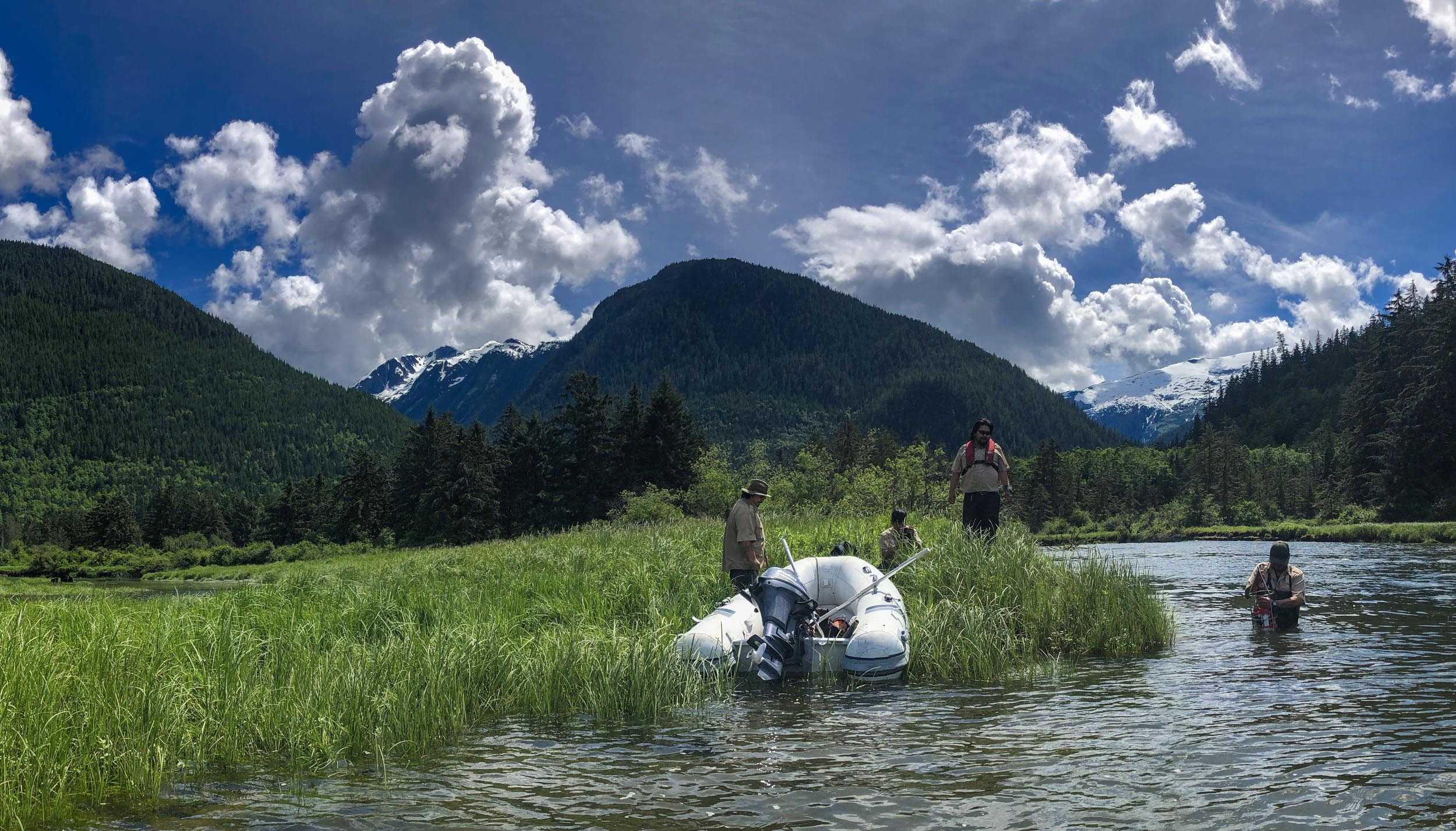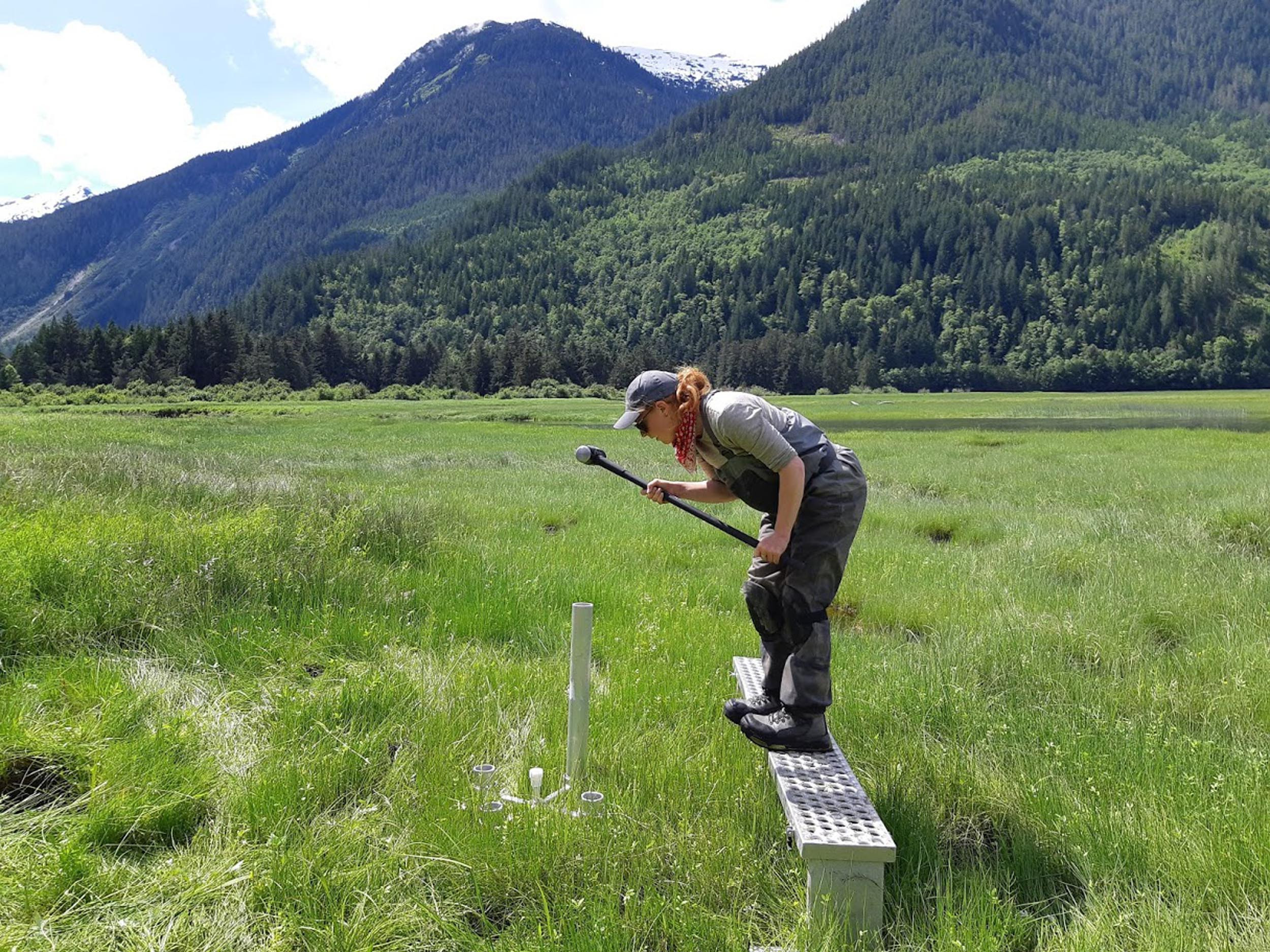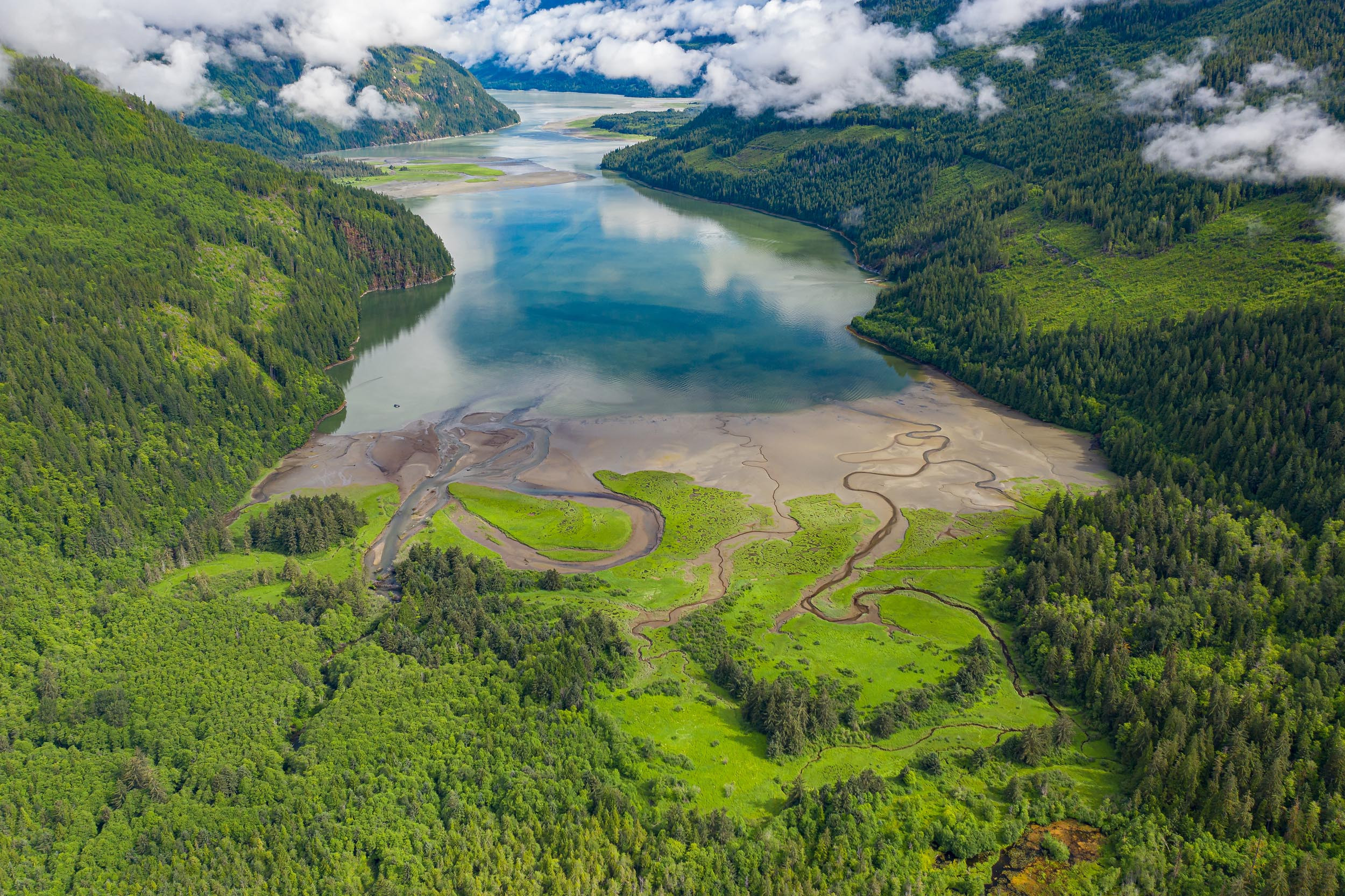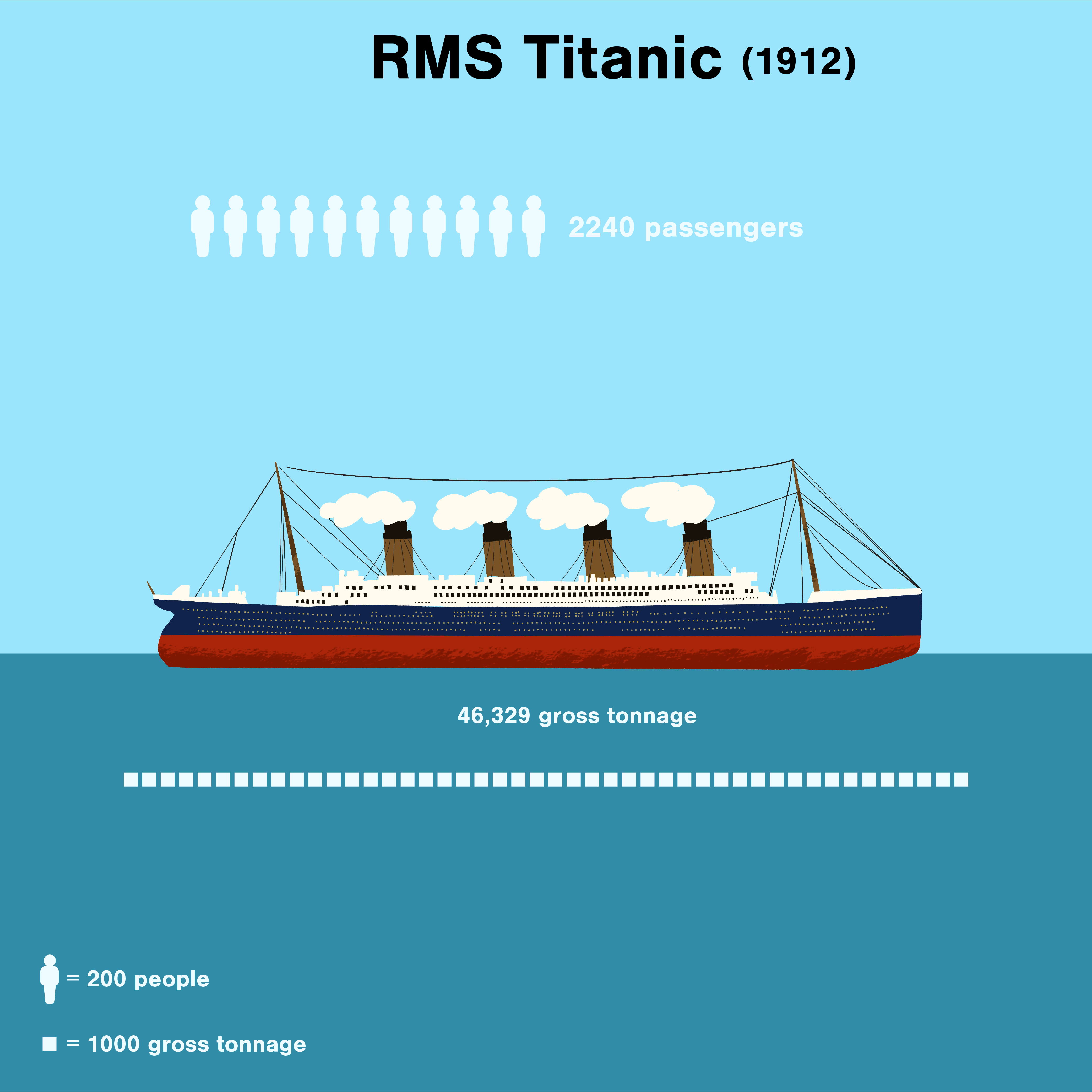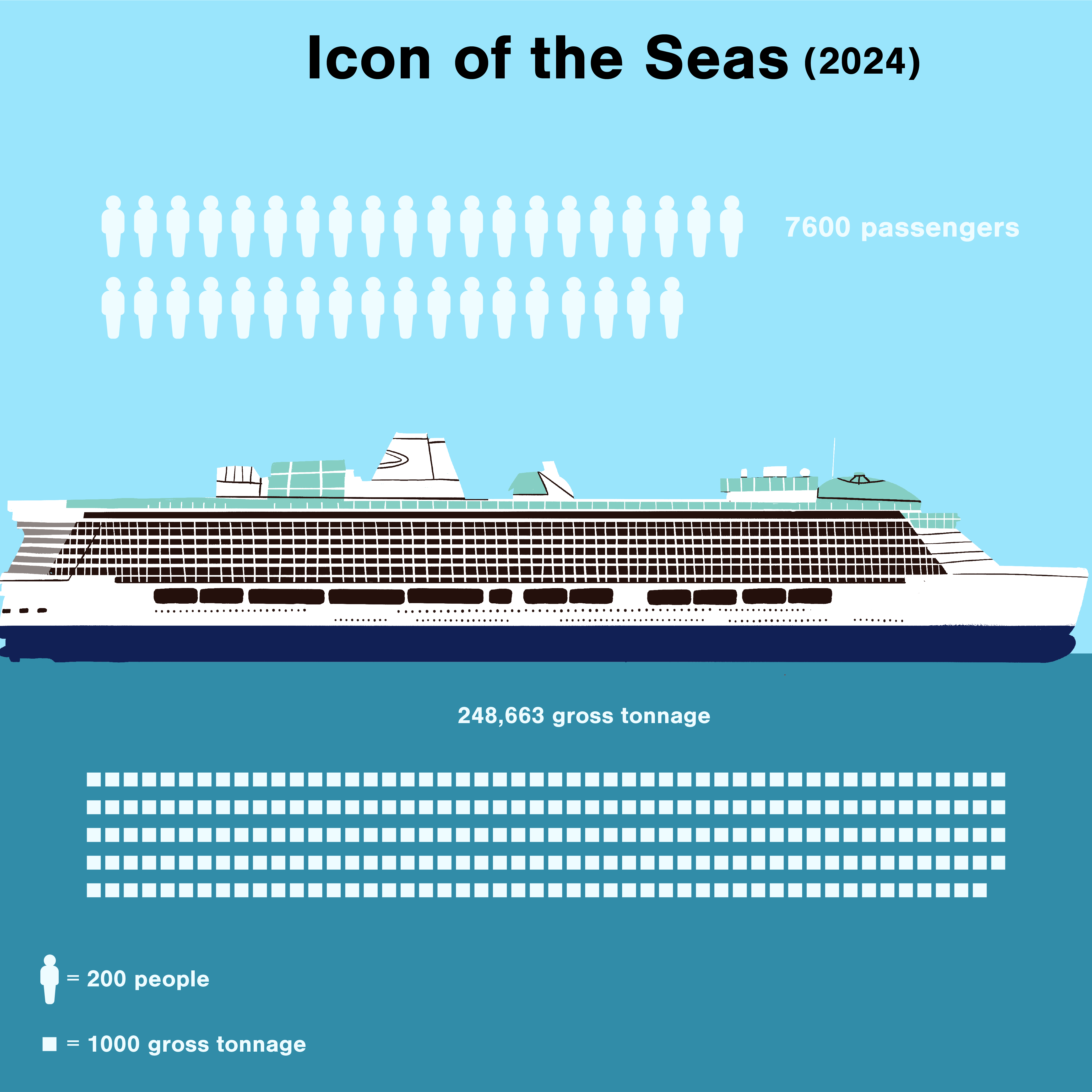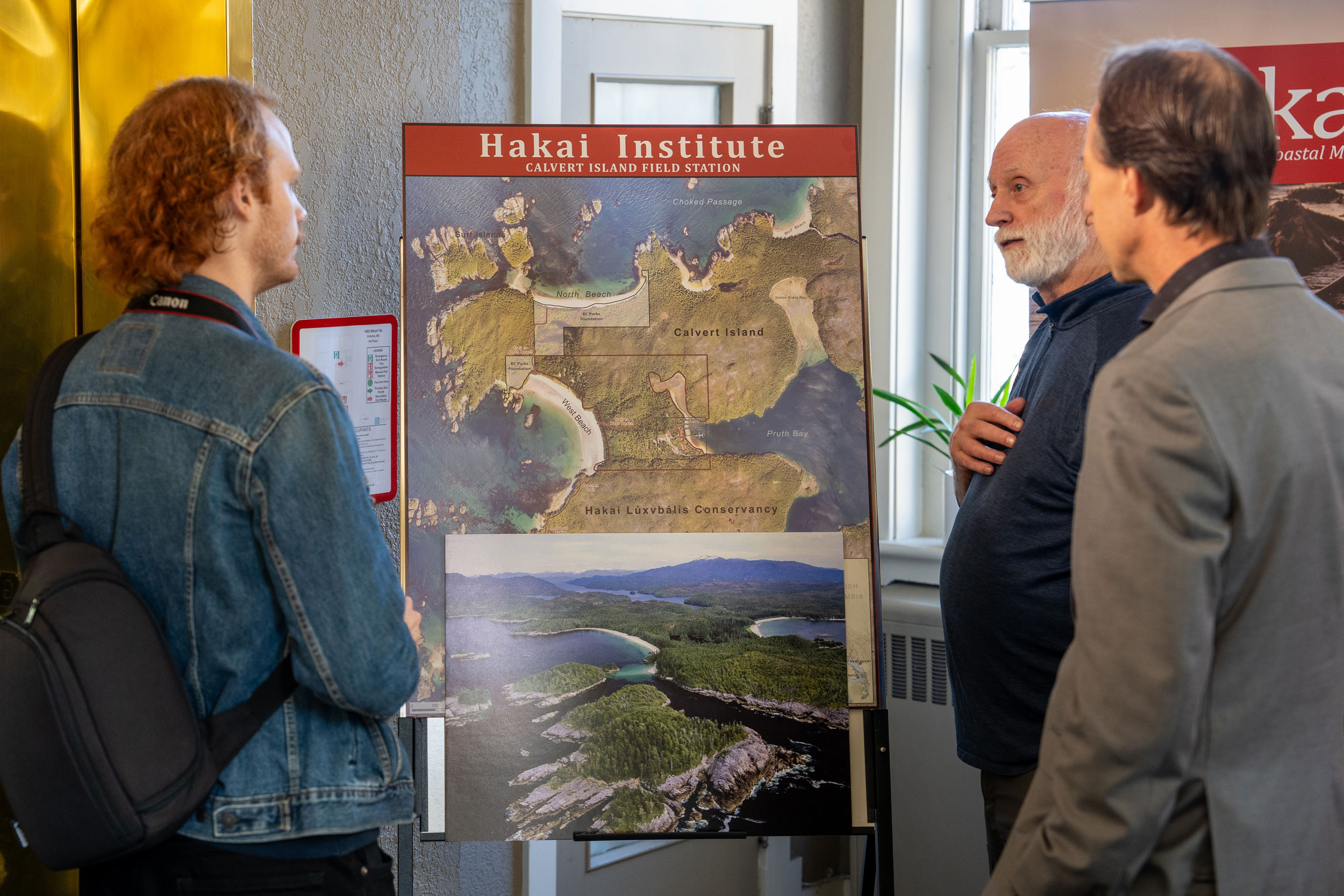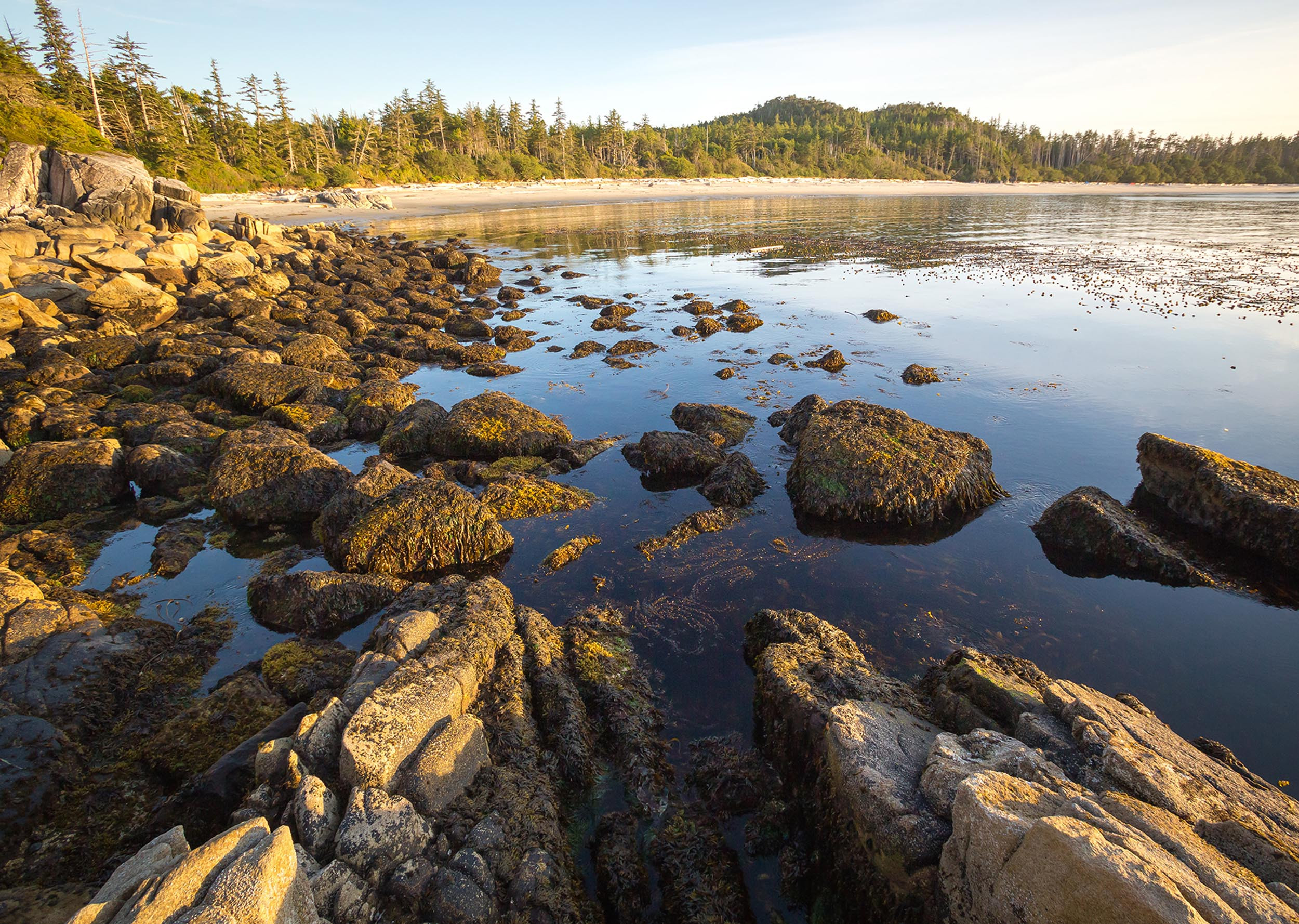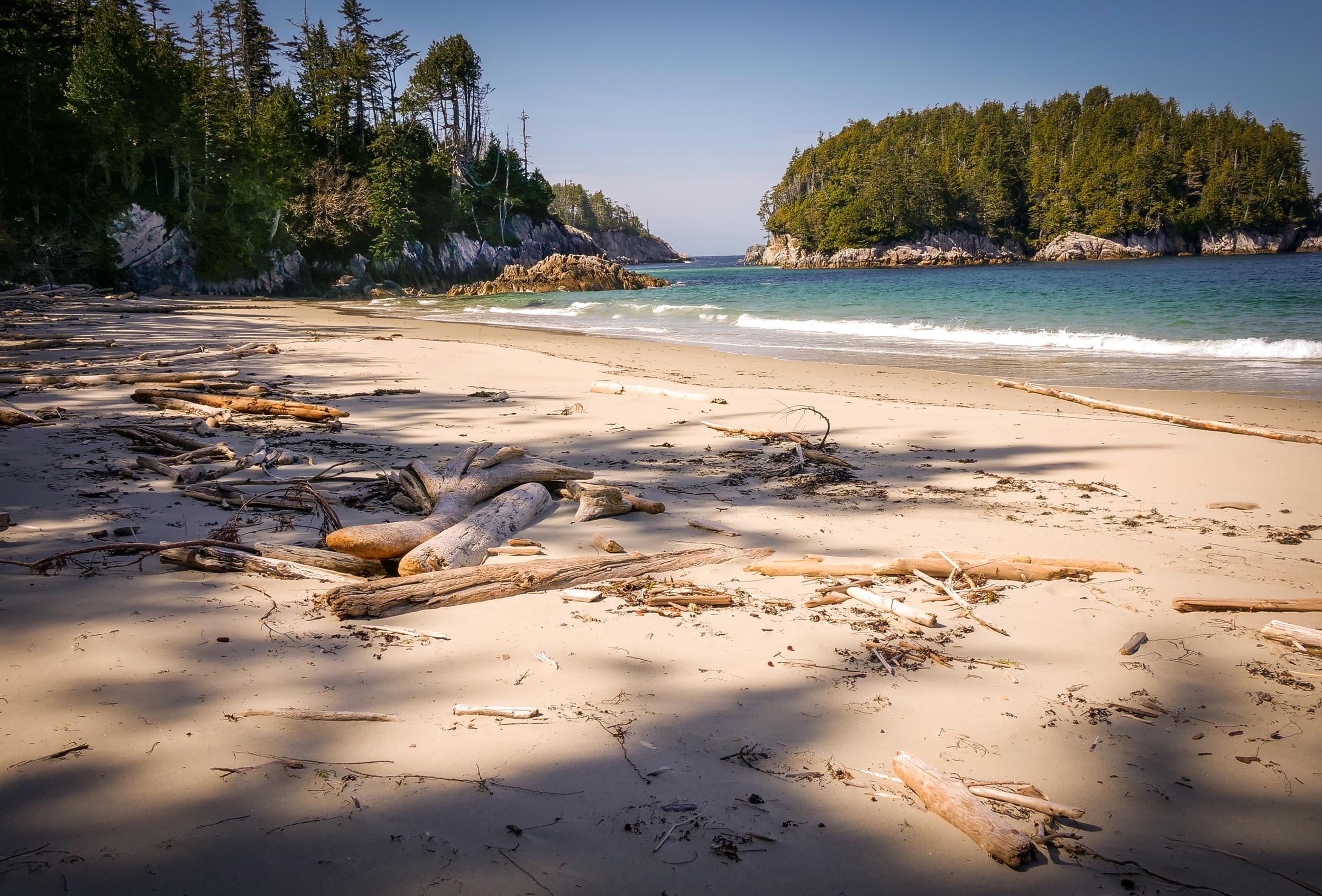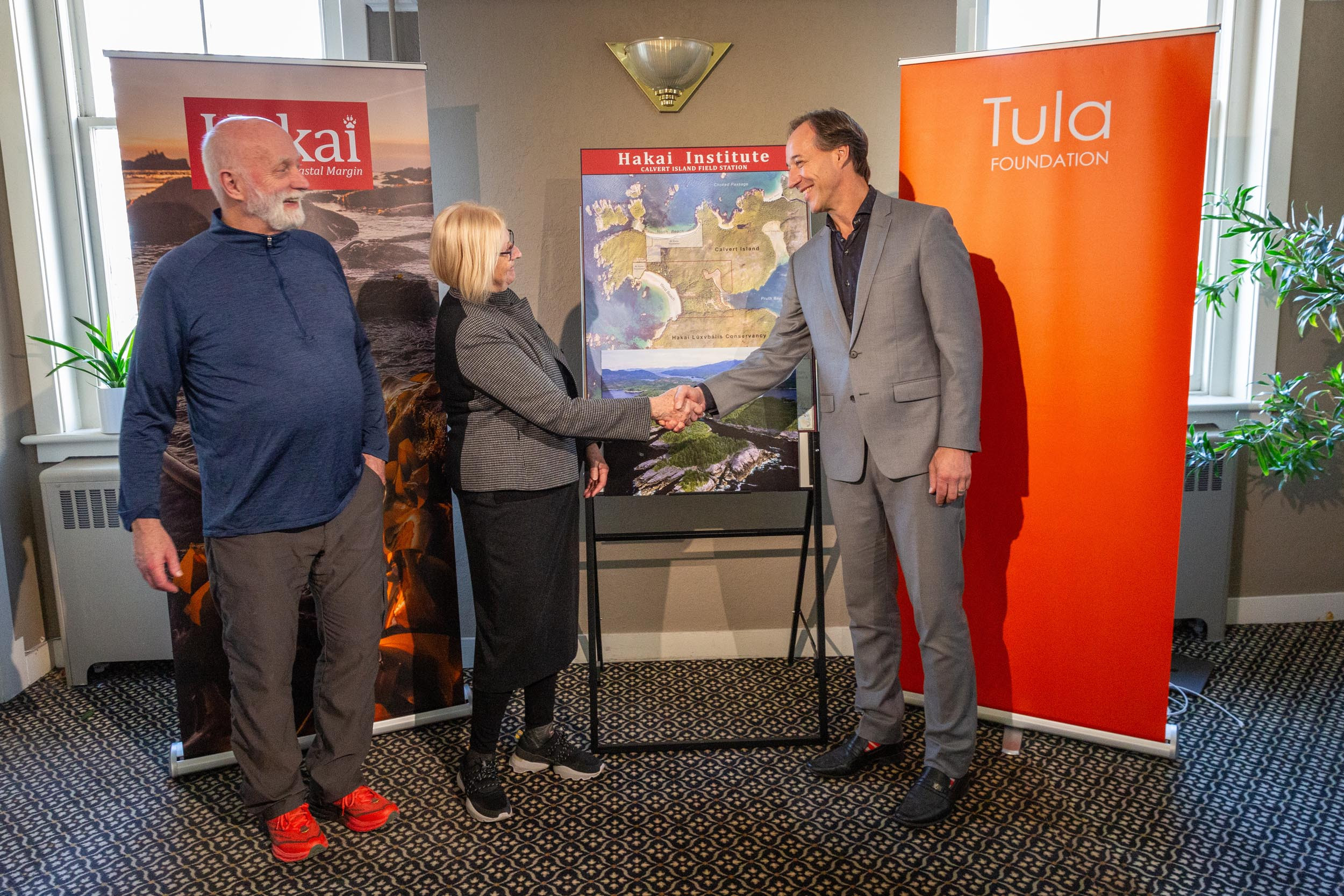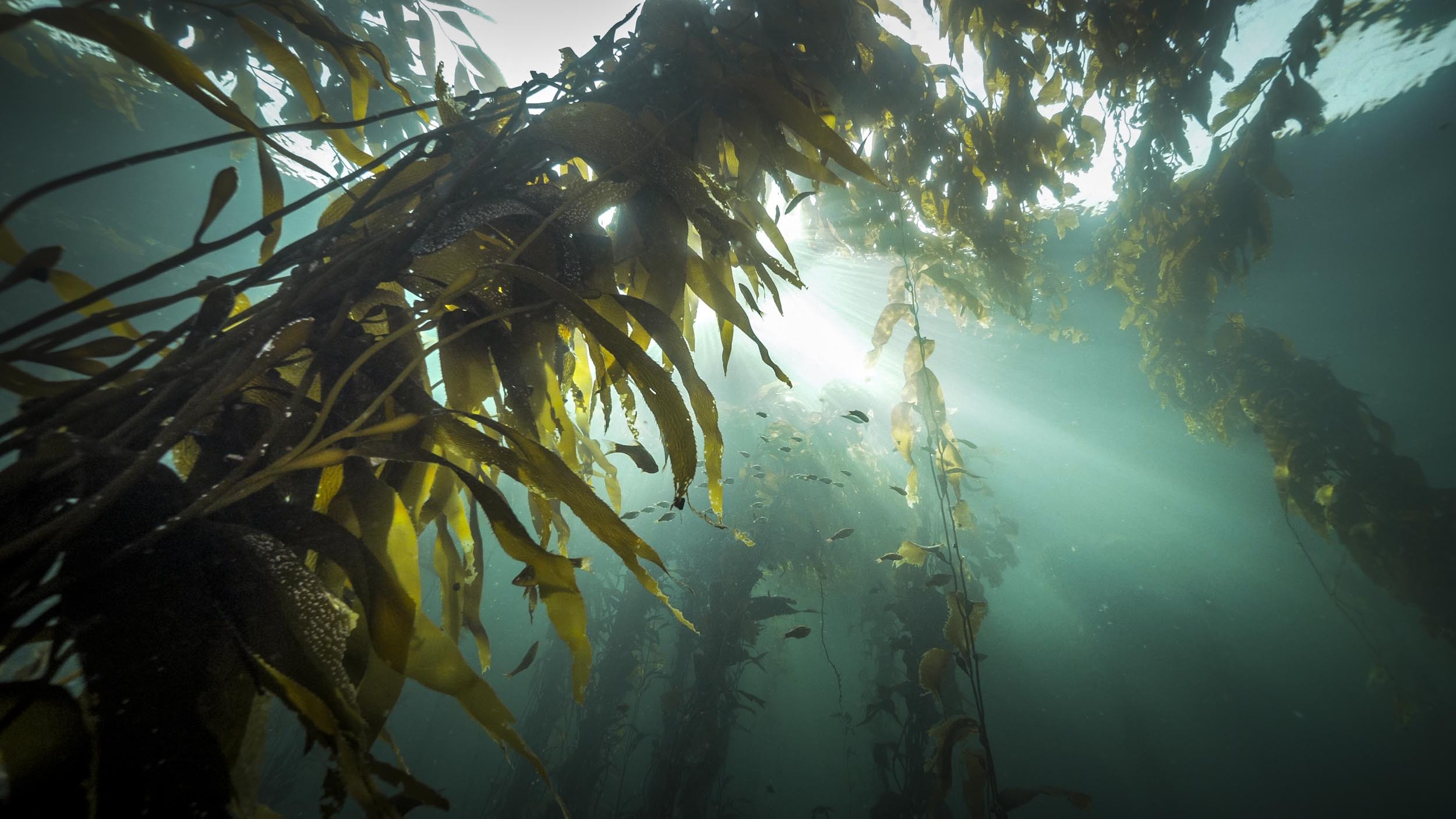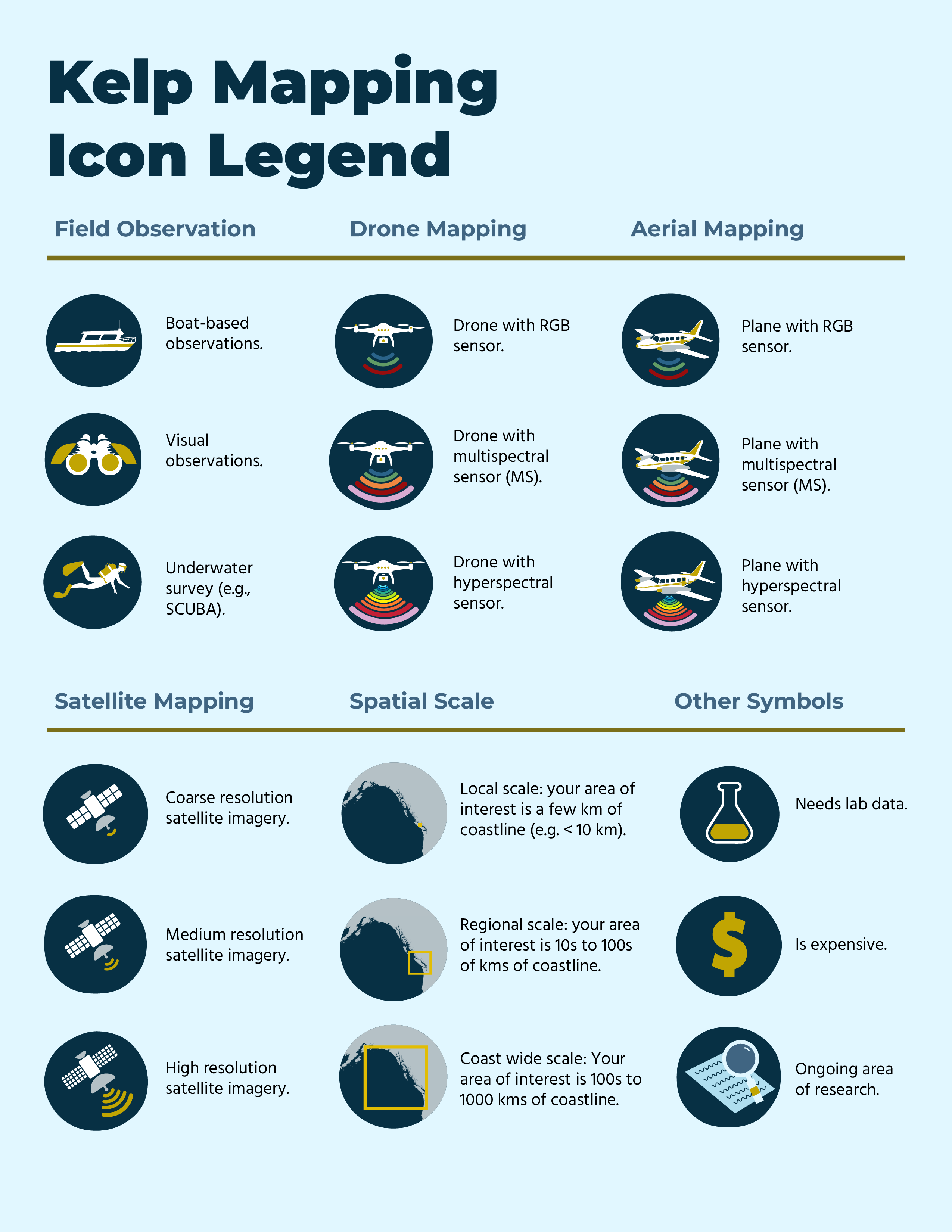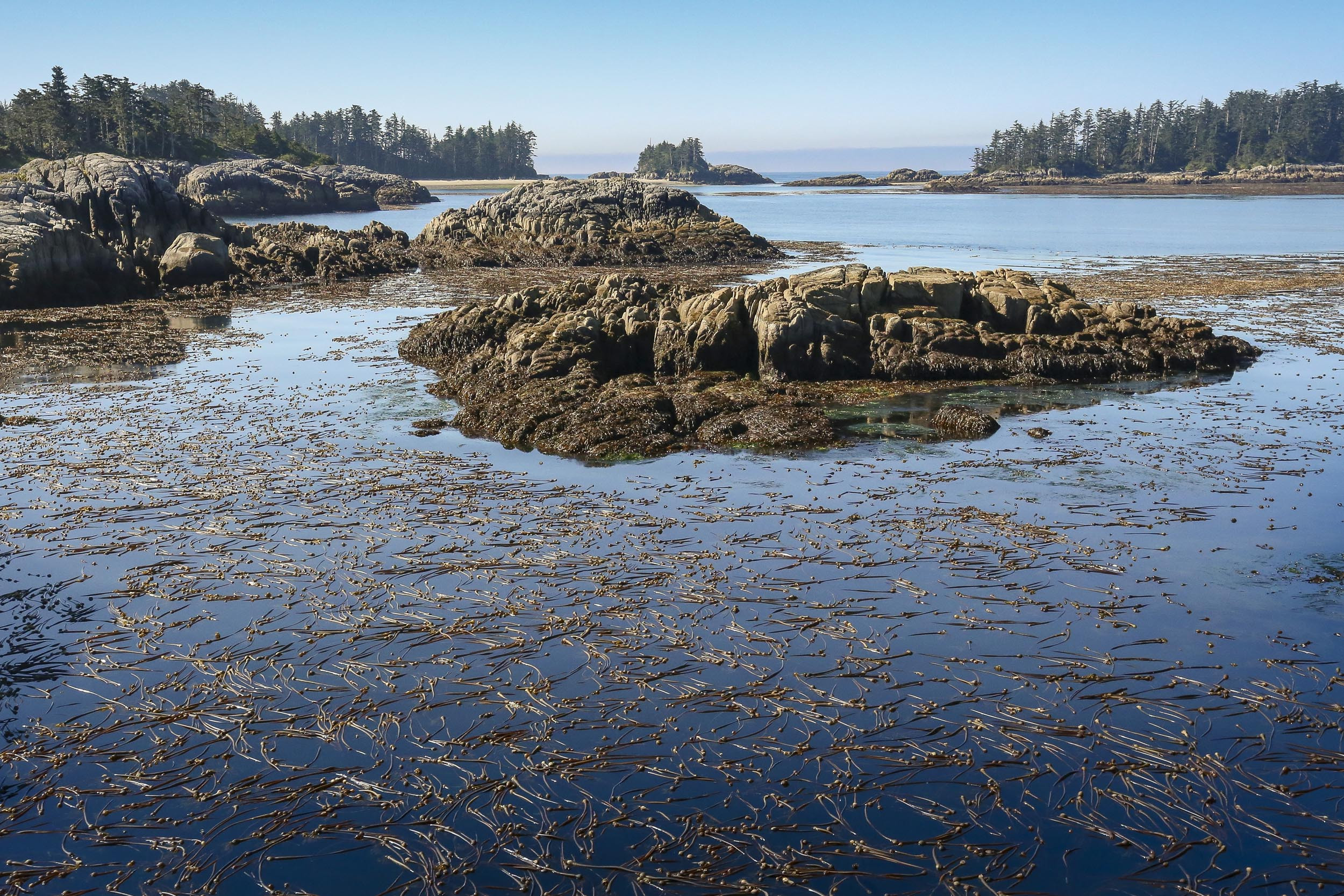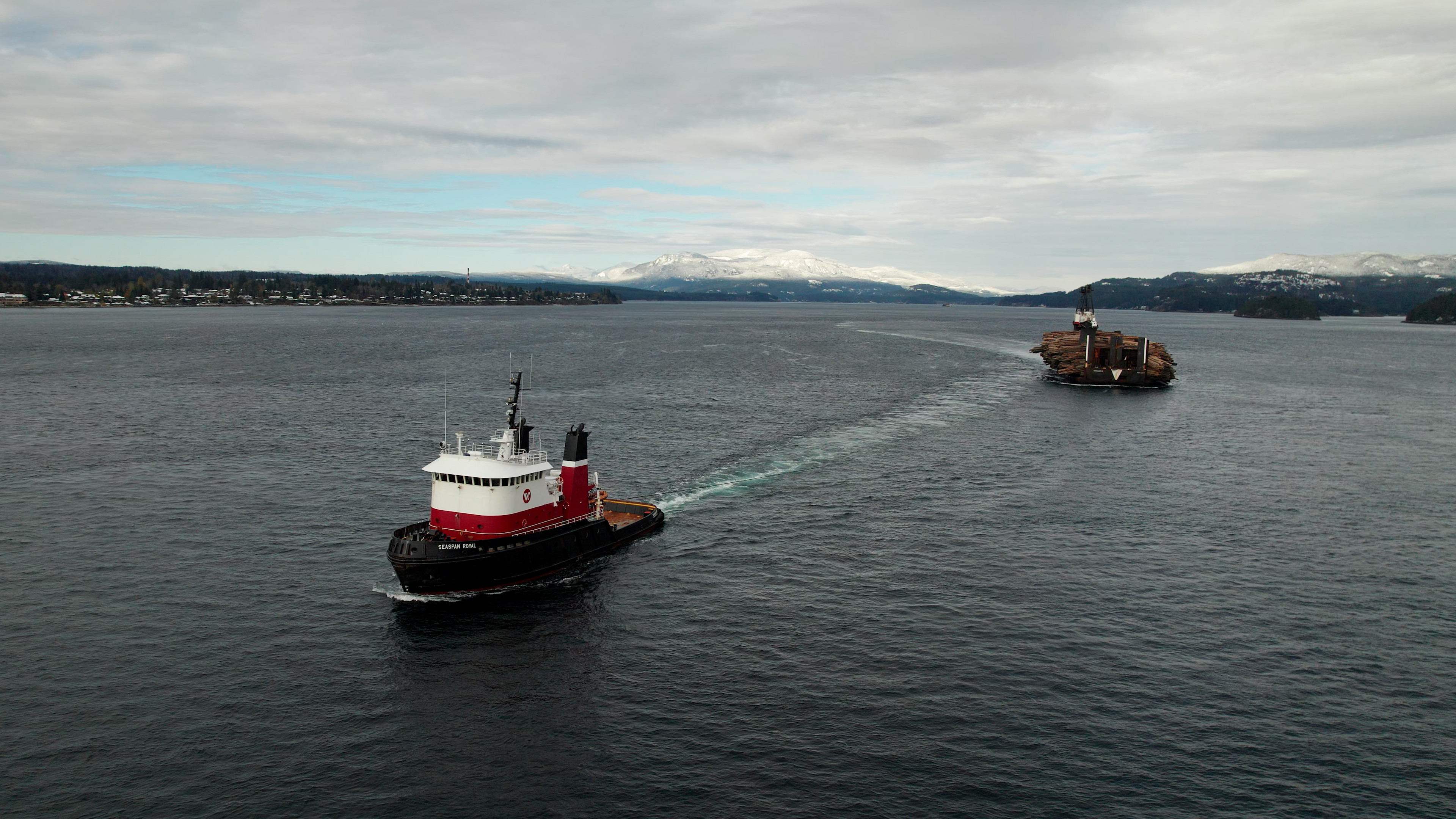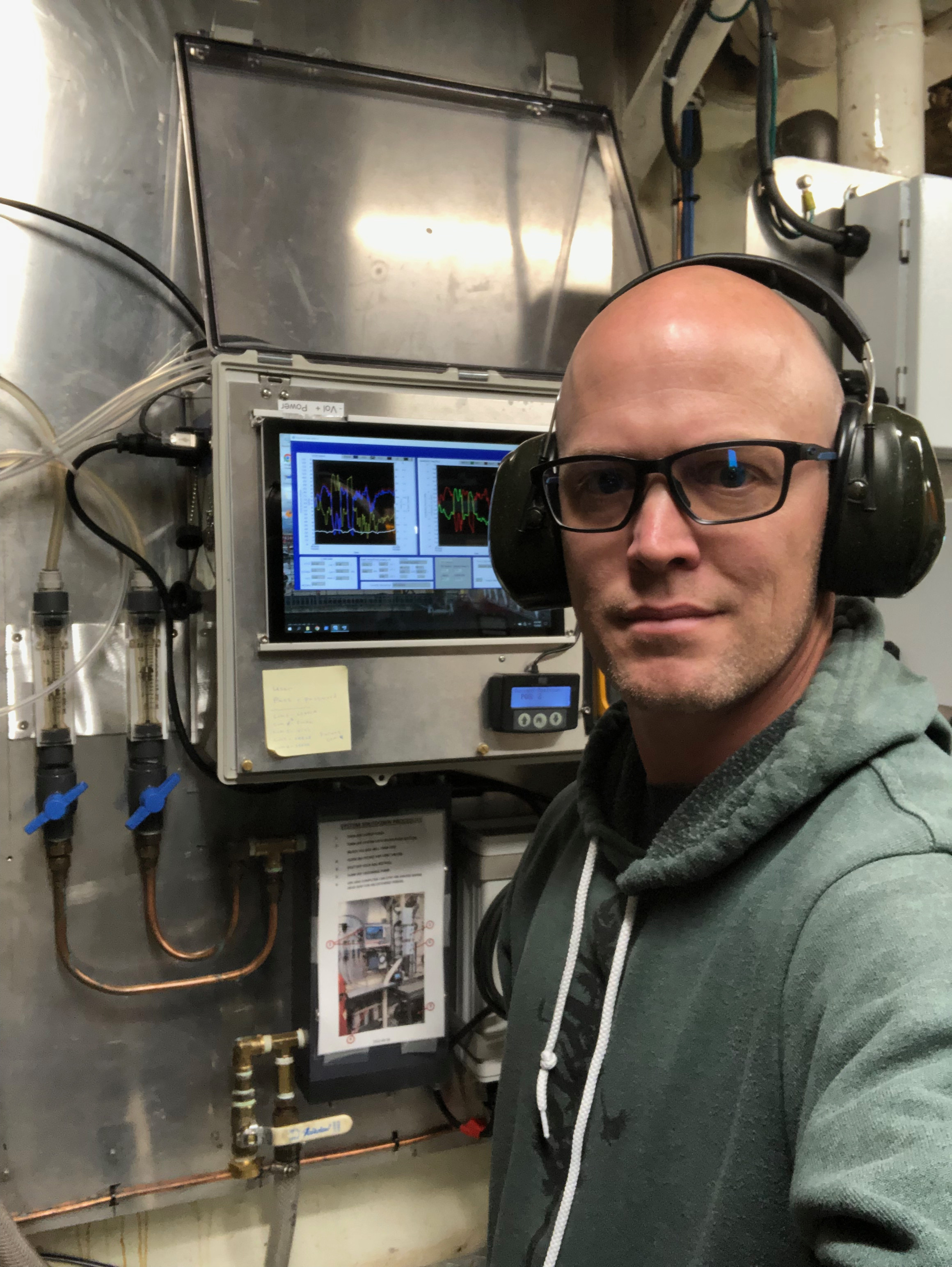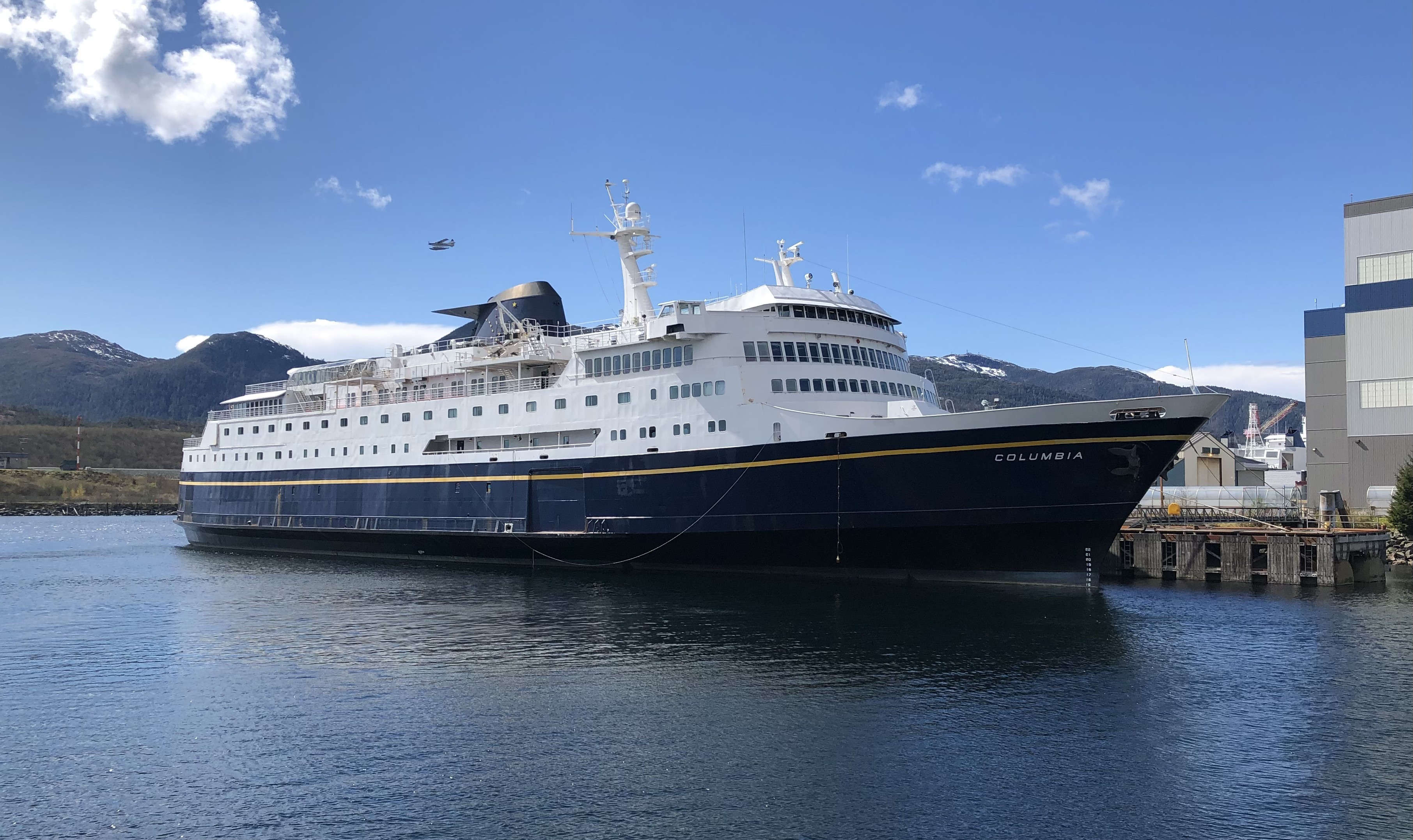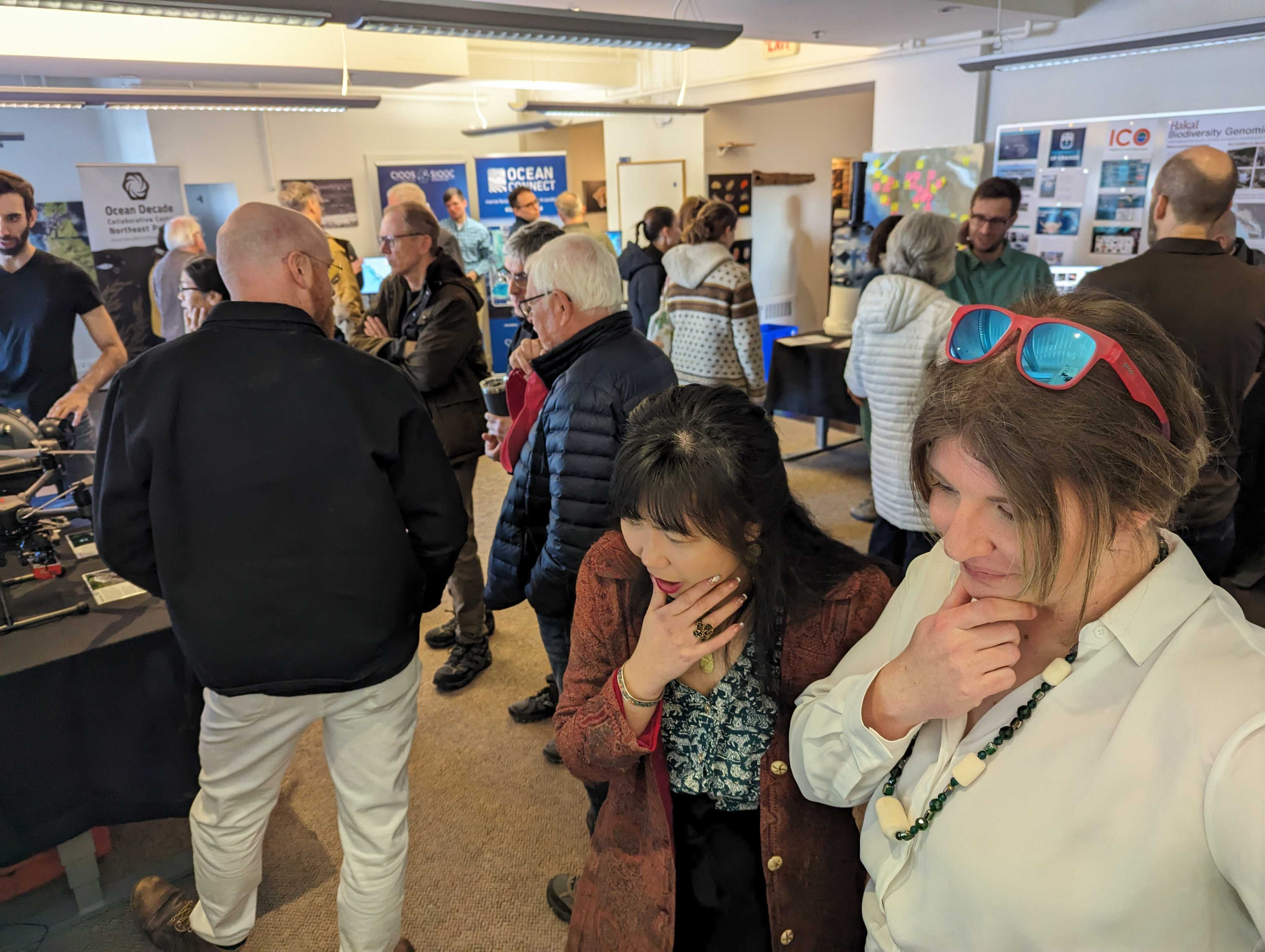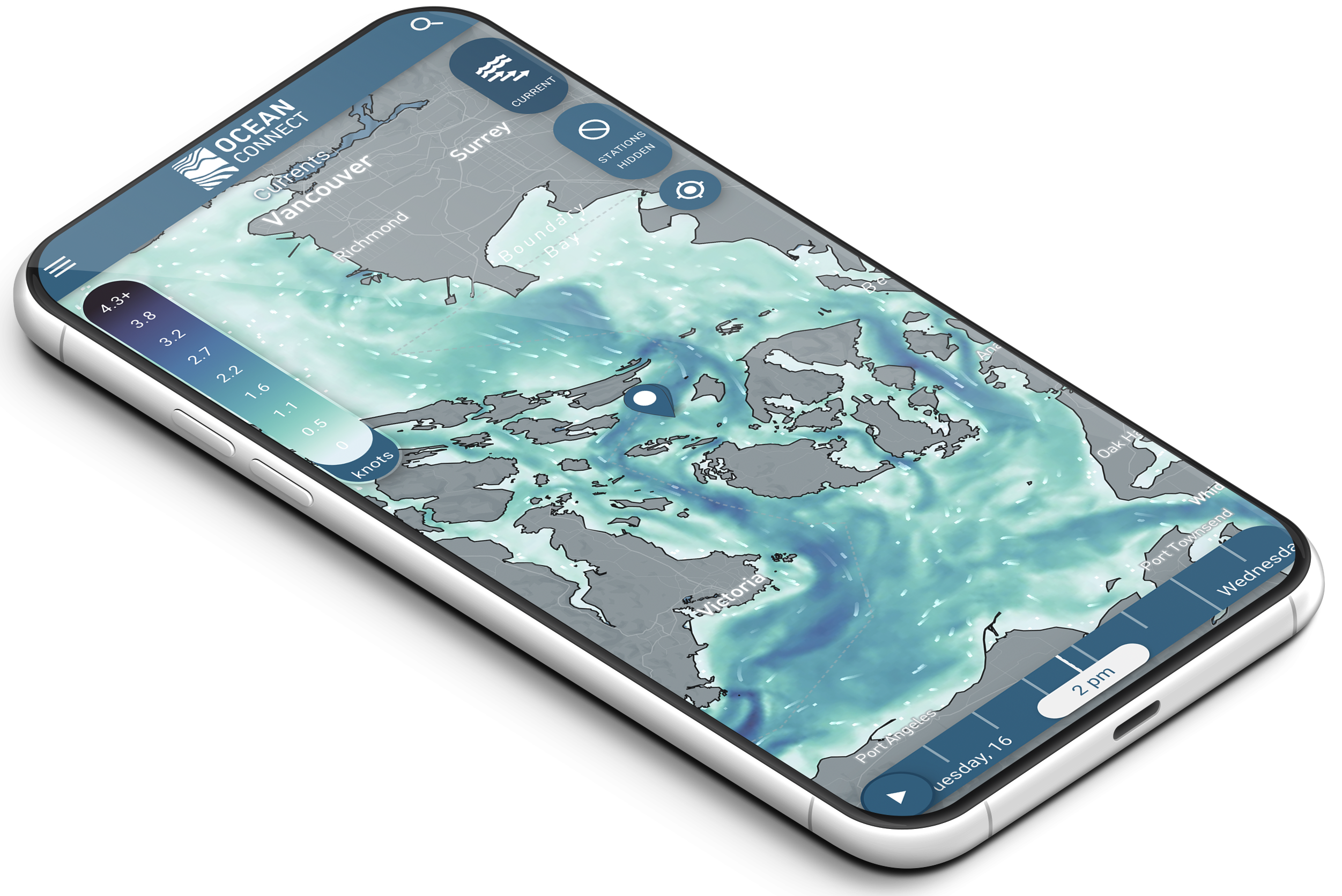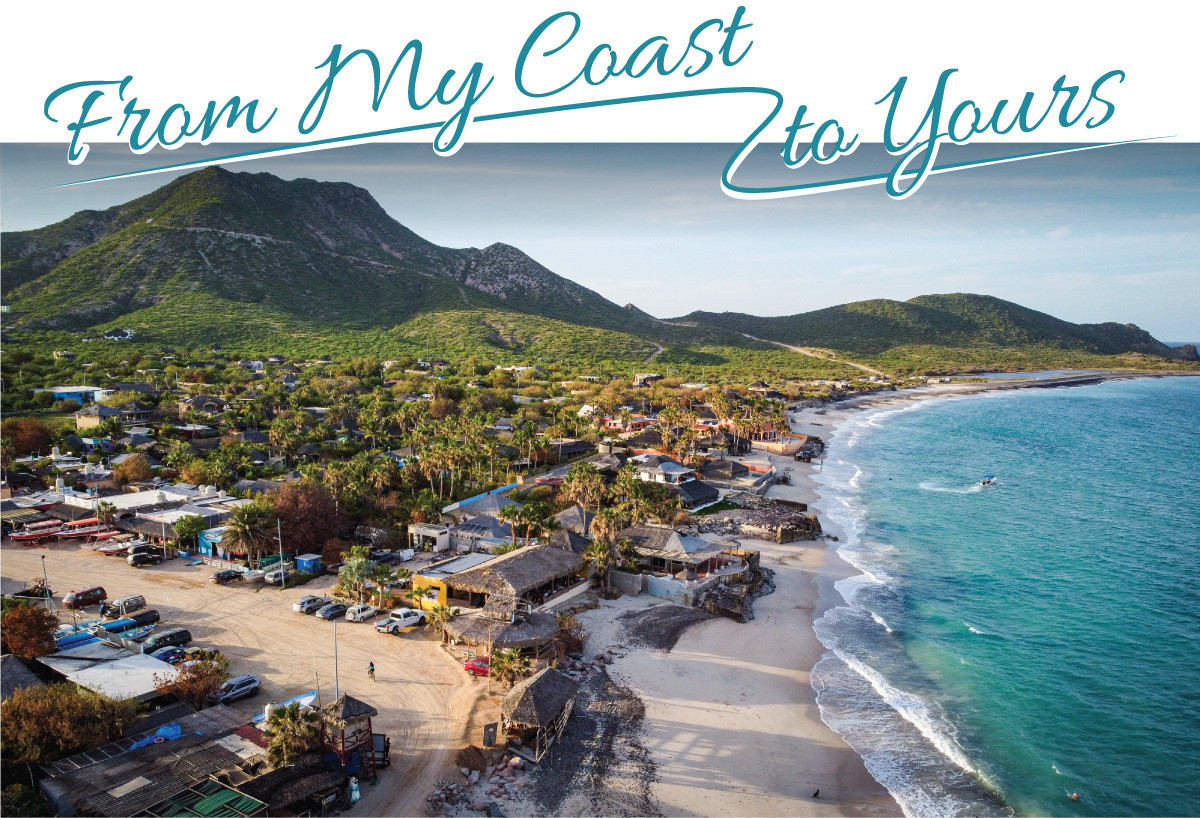On a recent trip to Calvert Island on B.C.’s Central Coast, I was passed in my boat by the Seaspan Royal. One of the more famous tugboats out here, maybe the most famous, it’s a big, ocean-going tug—40 metres long, 6,200 horsepower, a workhorse for the heavy-duty long-haul jobs.
It rumbled by me in the fog, barge in tow, and I was happy to see it. Not just because I grew up on the B.C. coast and had pictures of tugboats on my bedroom wall, but because it is now hauling something else besides timber. Since 2022, the Seaspan Royal has been outfitted with a suite of oceanographic instruments—able to measure oxygen, carbon, CO2, temperature, and salinity—all of which are helping us to get a better grip on the conditions of the coastal ecosystem, in particular ocean acidification and hypoxia.
Both of these are hugely consequential issues for marine ecosystems and for the Indigenous peoples, coastal communities, shellfish farms, and fishermen that depend on them.
There is much concerning news about record forest fires at the moment, and rightly so. In the ocean, devastating destruction is not as readily noticed. Acidification and hypoxia—the latter referring to expanding, low-oxygen “dead zones” in the ocean—are alarming, climate-driven trends not just here in B.C., but around the world. The starting point on the road toward solutions is careful observation: understanding the problem in detail.
That means getting out on the ocean, which is generally expensive and logistically difficult.
Having these oceanographic instruments on a sea-faring tug like the Seaspan Royal is, therefore, a science gold mine. The tug is out on the water year-round, even amid the heavy weather of winter storms, something difficult to impossible for most research vessels. It completes a 2,000-kilometer route around the B.C. coast nearly every two weeks.
This “vessels of opportunity” partnership between Seaspan Marine, the Hakai Institute, and the B.C. government is an example of linking scientists with industry and government to achieve things we couldn’t do by ourselves. Paying for this sort of coverage by a dedicated research vessel would be in the millions of dollars per year, if it could even be achieved.
It’s one way British Columbia, and Canada, are taking the lead in oceanographic research.
“We are taking a unique approach to measuring inorganic carbon from a vessel underway,” says Wiley Evans, head of the Hakai Institute’s ocean acidification program. “That’s very novel. Nobody does this, and I think we are going to be hugely successful in this area. It’s a model for the rest of the global community.”
The sturdy and dauntless Seaspan Royal is only one example of vessels of opportunity. We have also partnered with the MV Columbia, an Alaska Marine Highway ferry, to take measurements from Bellingham, Washington, to Skagway, Alaska.
So, a good-news story. We’re doing important work out there. But my point here is that we need to do more. Much more.
One of the biggest barriers to ocean acidification research, for example, is the exceptional variety in local conditions. As noted, getting researchers out on the water across the landscape to the degree we’d like to see is prohibitively expensive and, really, impossible.
But working vessels—tugboats, ferries, cruise ships, and container ships—are already plying these waters regularly as they go about their daily duties. Many of these ships travel the same route repeatedly. Partnering with industries who are already on the water is a valuable and productive way to close gaps in ocean information.
But ocean measurements are only one example. Where are we not making smart linkages between research and industry? Where could we expand the reach of science—which is the crucial underpinning to intelligent and informed change—by crossing the mostly unnecessary and imagined walls between the science community and the industry partners who will work with them in good faith?
We are taking the lead in British Columbia and Canada in finding new ways to more deeply understand our ocean, and our world. I think we can do a lot better. And a lot bigger. In our era of increasingly turbulent and destructive climate change impacts, we need to ramp up collaboration and work across sectors.
Instead of ships that pass each other in the fog, let’s raft up and start talking—getting industry players with resources to work with researchers. Start the conversations, strategize, and find ways to amplify the good work that’s already being done.
When it comes to science in our rapidly changing world, it’s time to think bigger across the board—and across the boardroom.
After collecting years of data from partnerships with the Alaska ferry MV Columbia and the Seaspan Royal tugboat, Hakai’s vessels of opportunity program is now exploring new collaborations with suitable coastal vessels. If your organization is interested, let us know.
